Explore artistic papercraft by creating three-dimensional compositions using cutting, assembling, and modeling techniques with paper and cardboard.
Explore the fascinating world of papercraft through a specialization that combines art, design, and creativity. Learn to transform paper, cardboard, and wood into three-dimensional compositions with a focus on visual storytelling. From layered portraits to hyperrealistic flowers, you'll discover how to bring your ideas to life using cutting, assembling, and modeling techniques. Each course, taught by experts such as Cristian Garrido, Ale Rambar, Manuela Maya, Paz Tamburrini, and Noe Arata, will guide you in developing unique skills that will expand your creative horizons.
Immerse yourself in final projects that will challenge your imagination and allow you to apply what you've learned in practical ways. Design three-dimensional illustrations, portraits with depth, handcrafted flowers, picture books, and visually striking scenes. Perfect your technique, play with color and perspective, and experiment with different materials to create works that capture the essence of contemporary papercraft. This specialization is an opportunity to develop a comprehensive understanding of the artistic possibilities of paper in modern art and design.
What will you learn in this specialization?
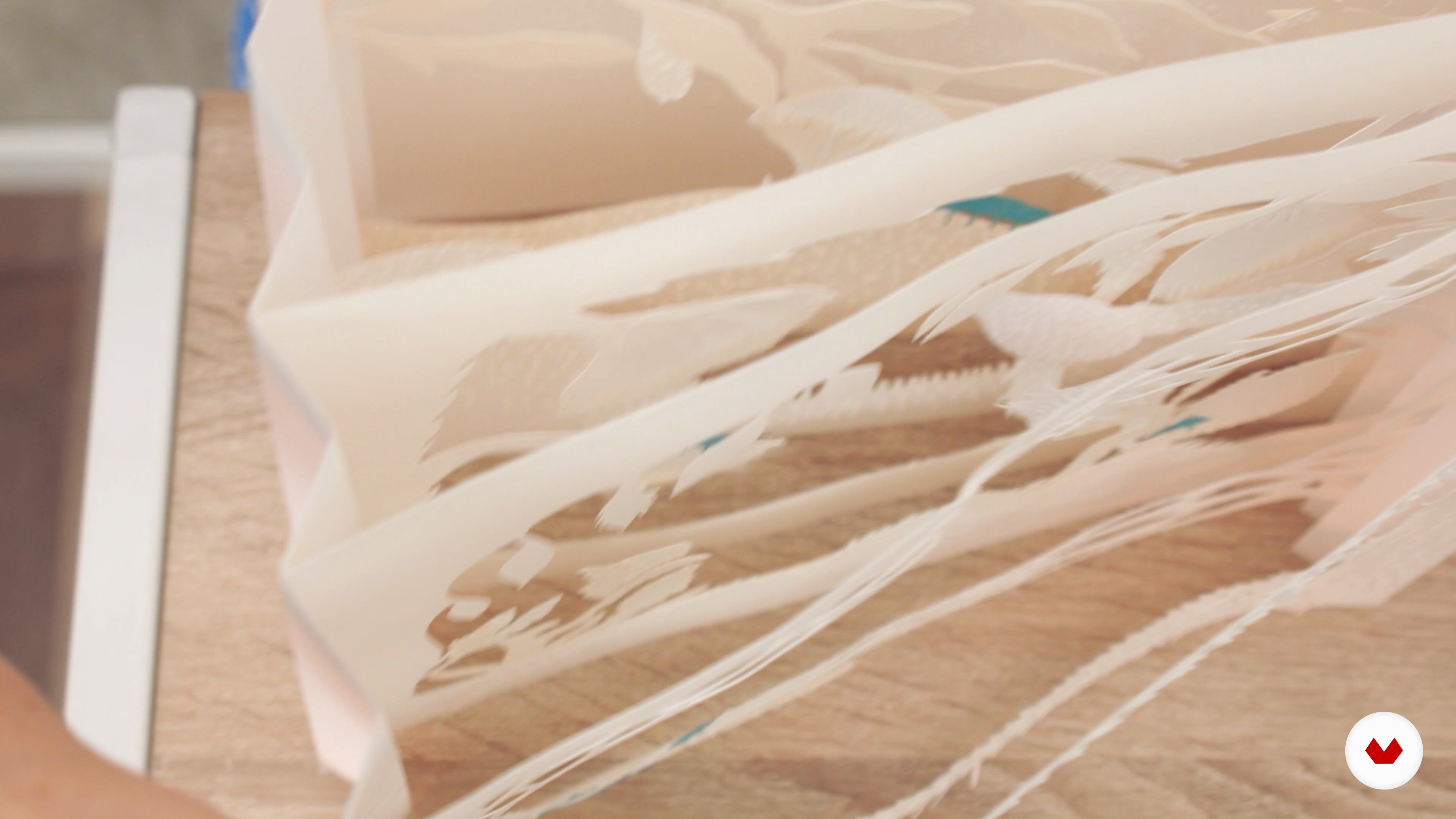


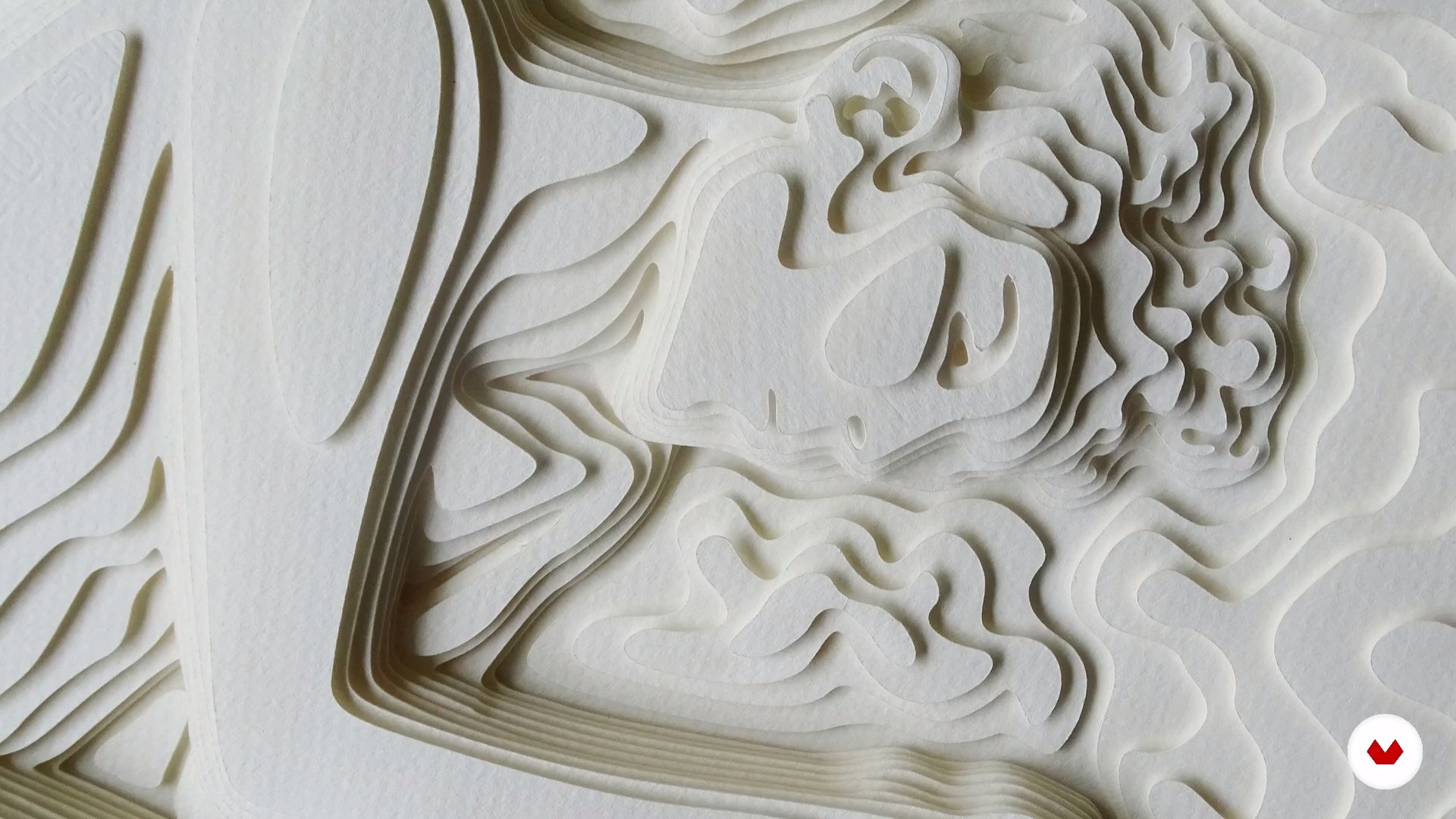
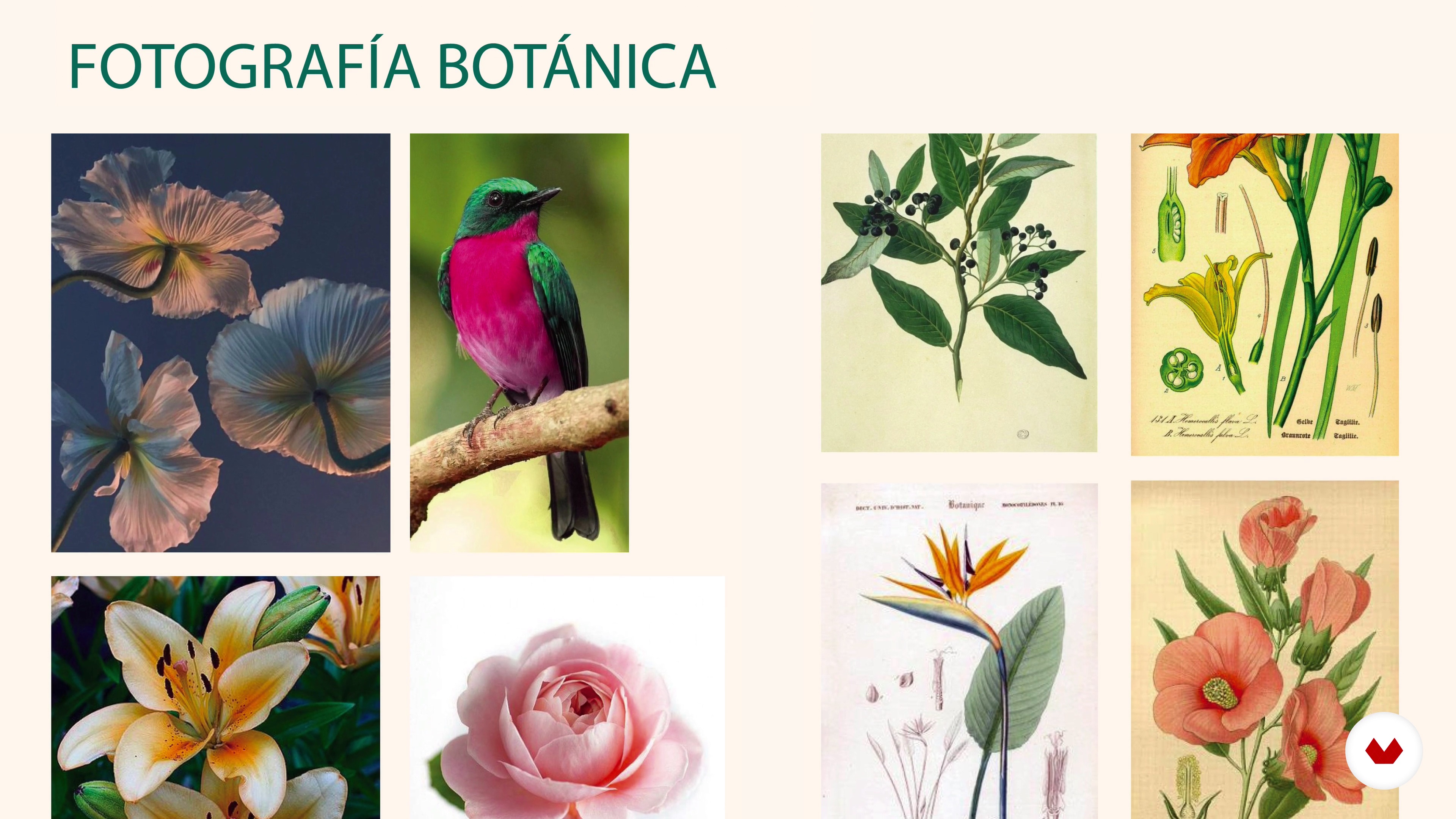

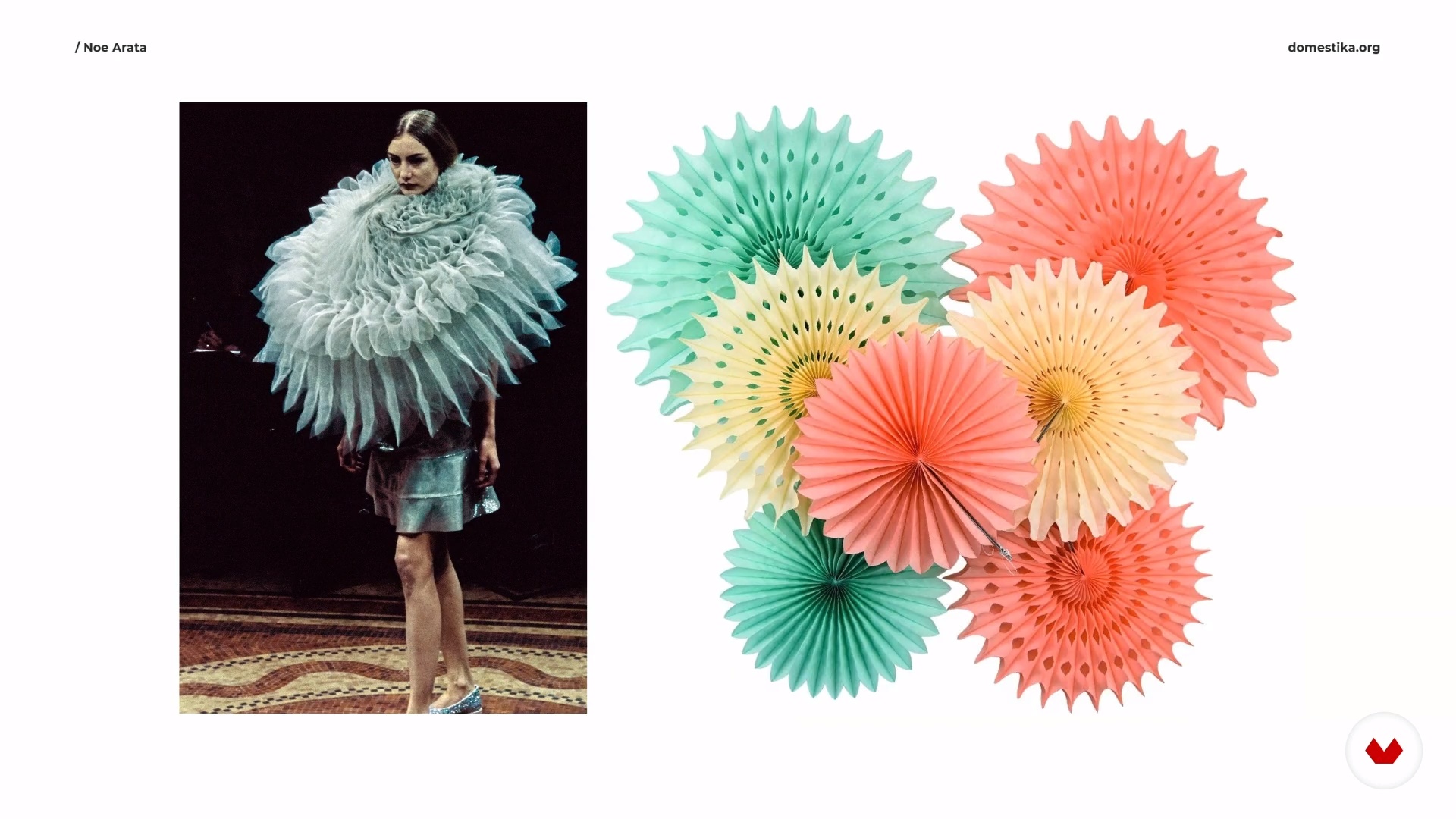





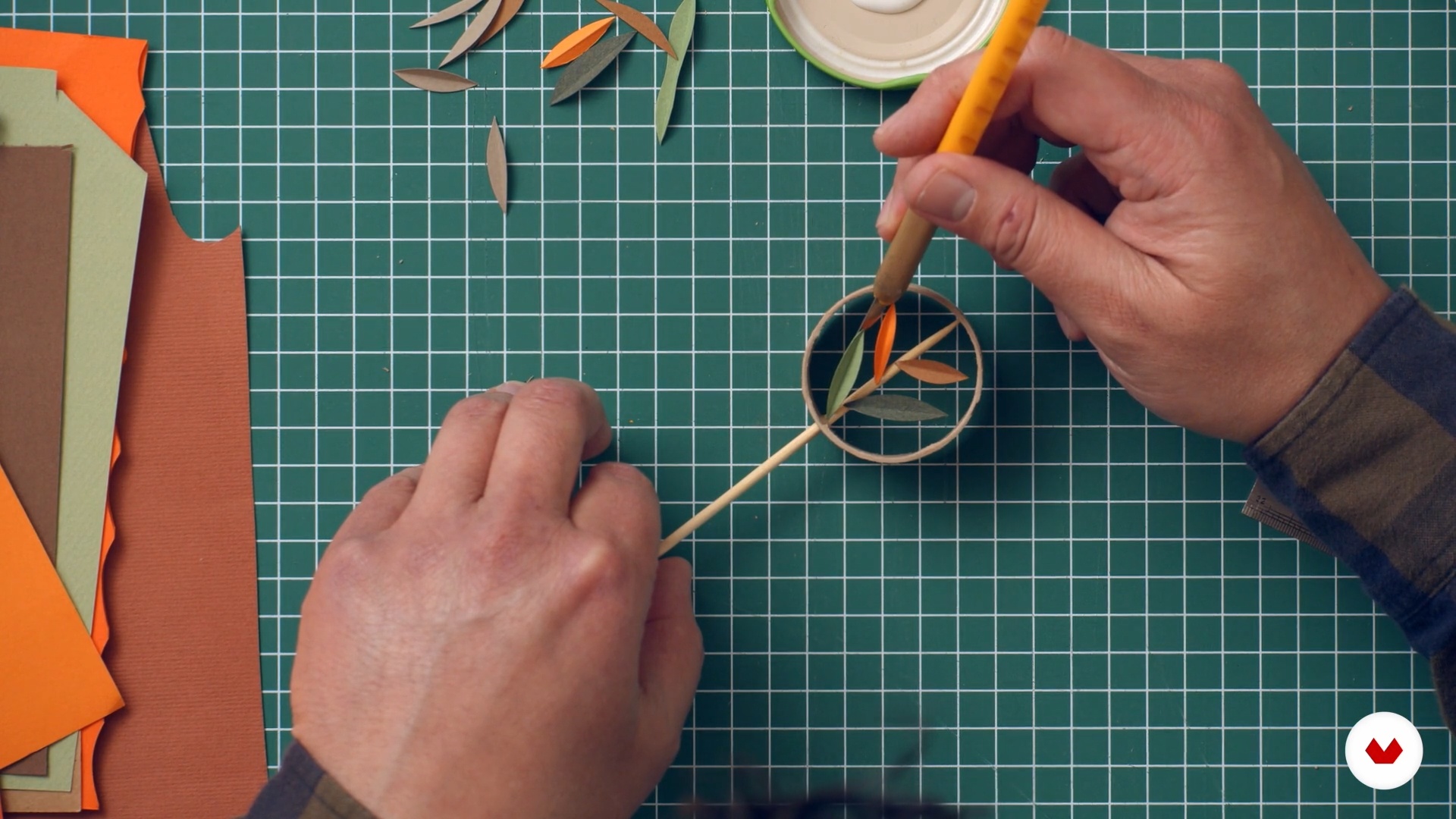

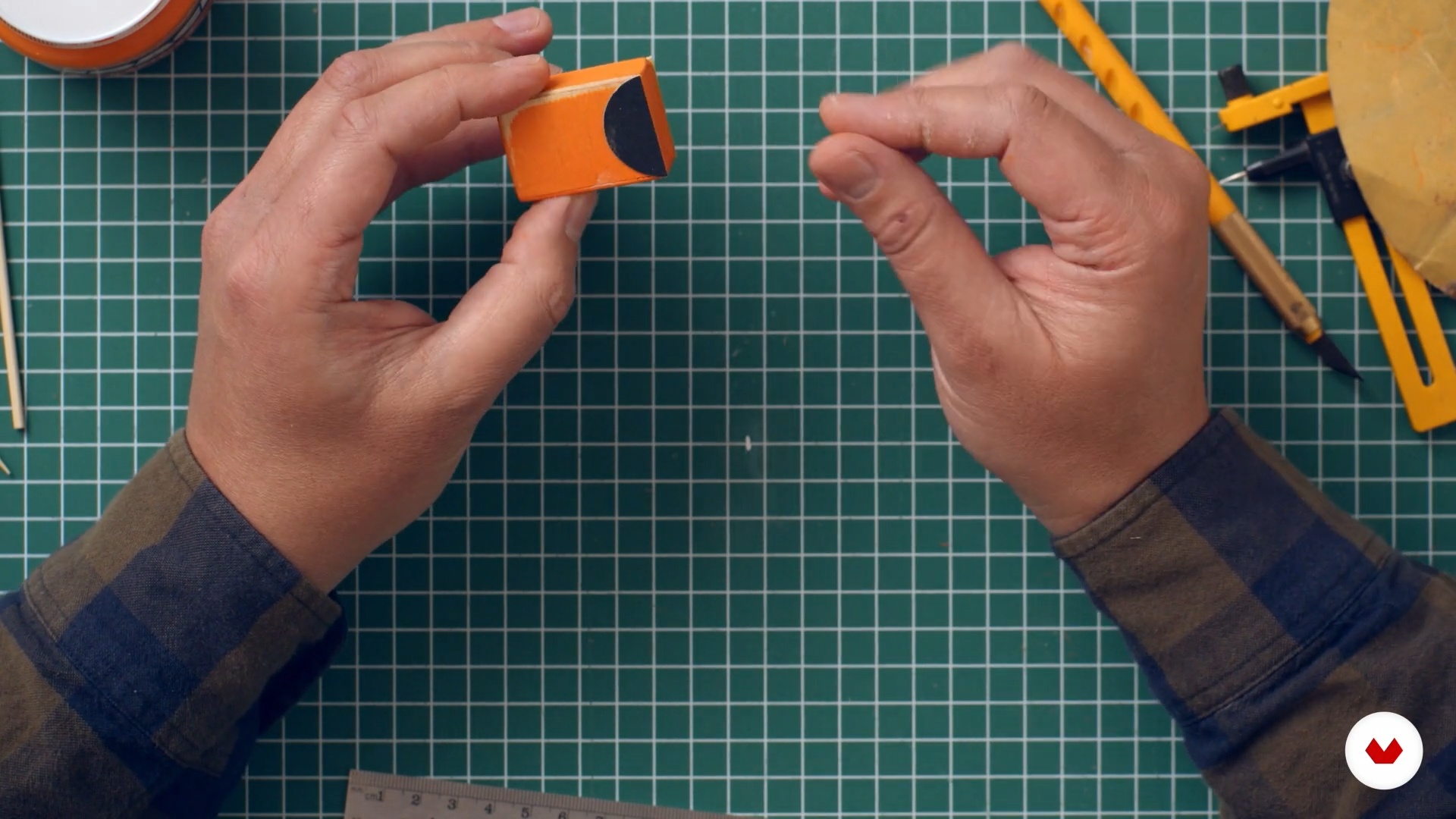

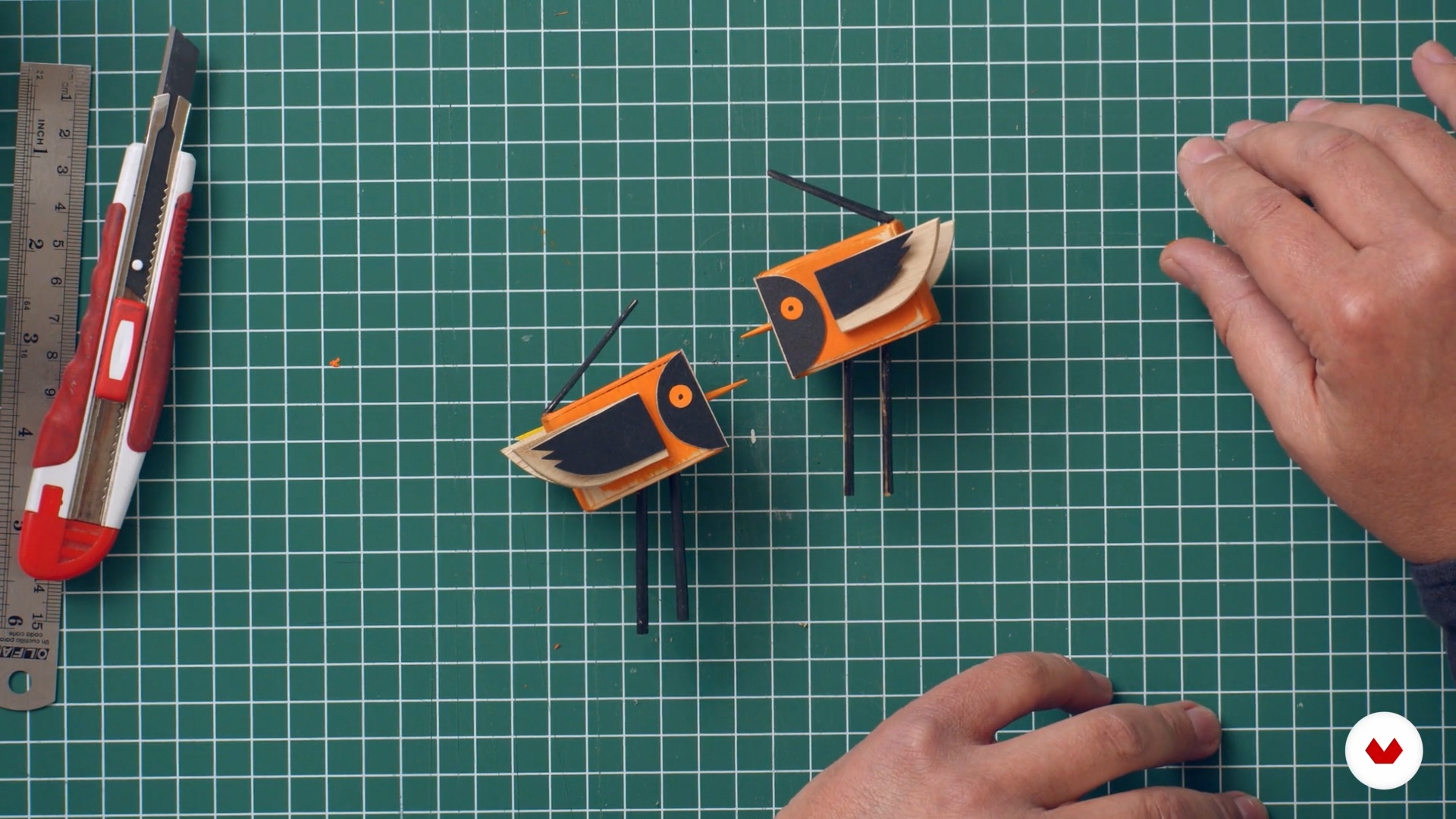
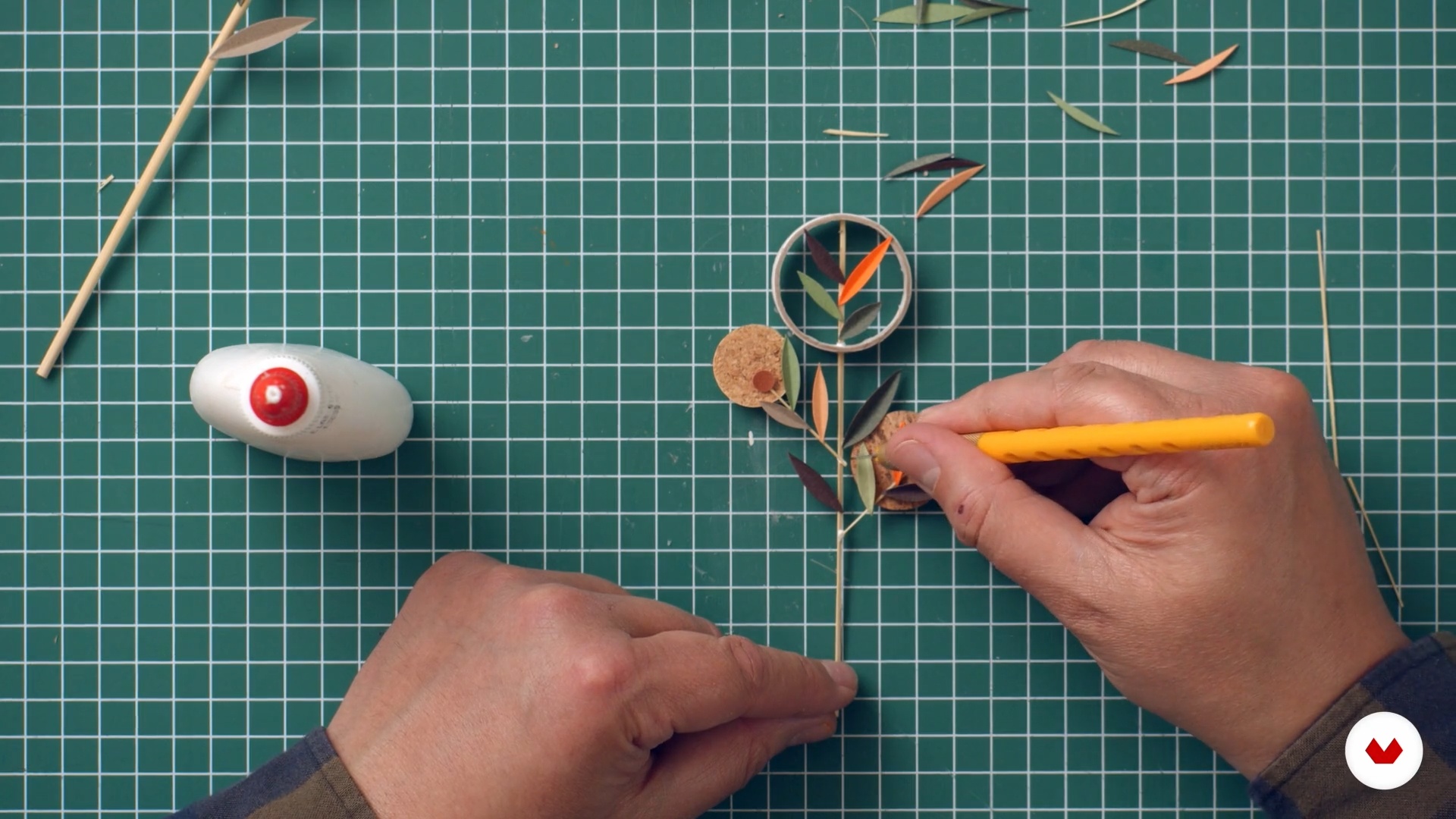
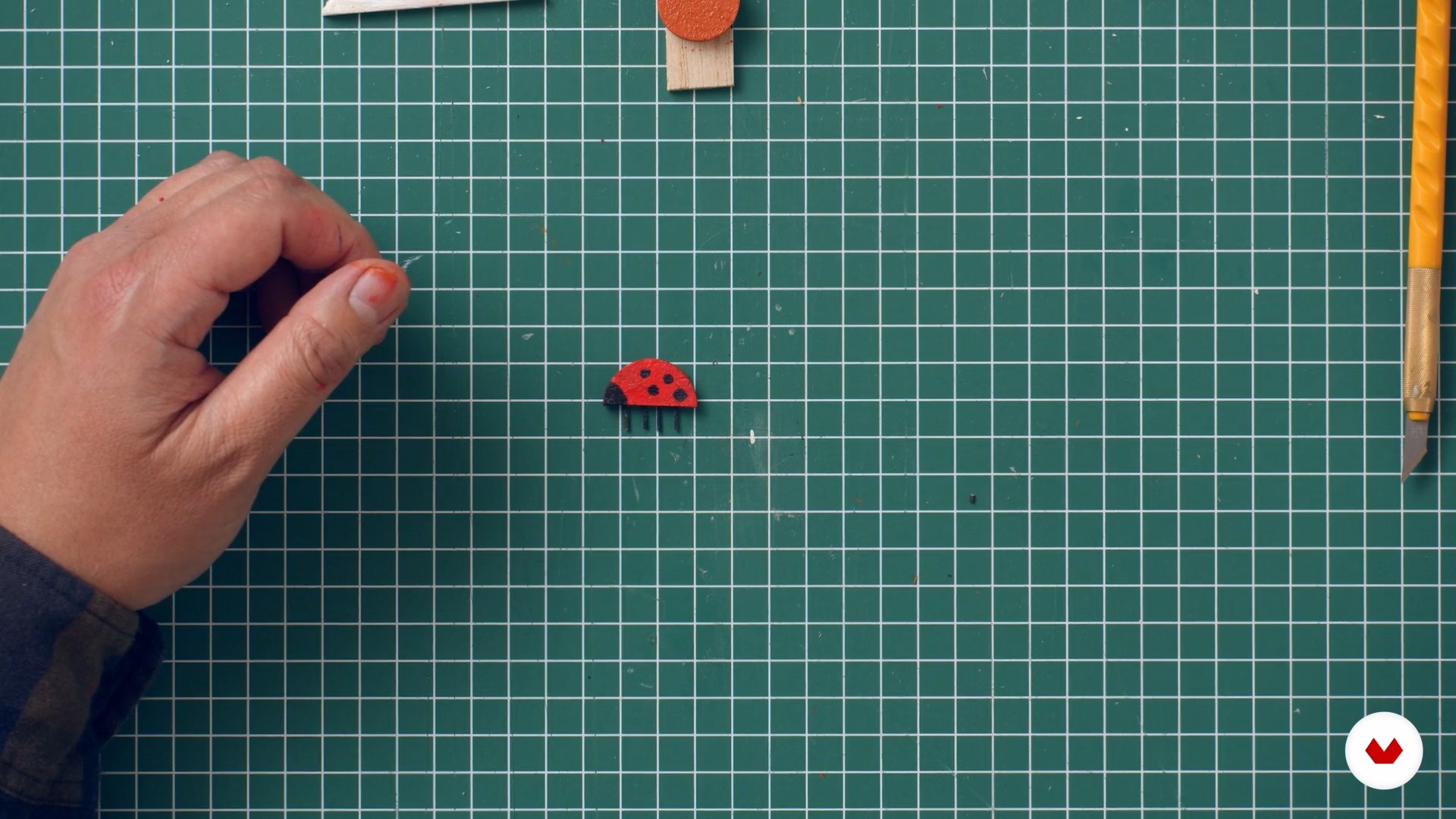
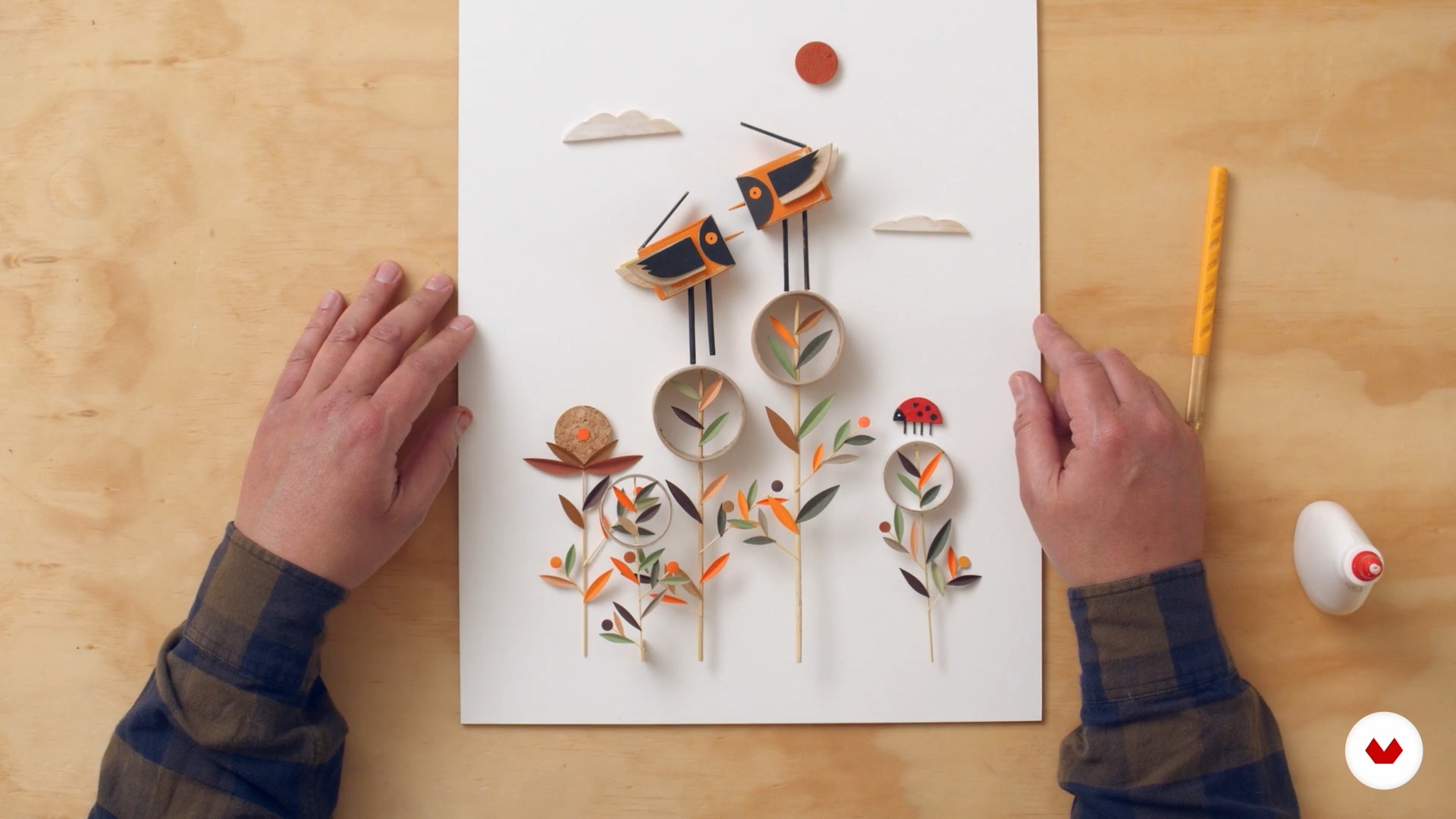
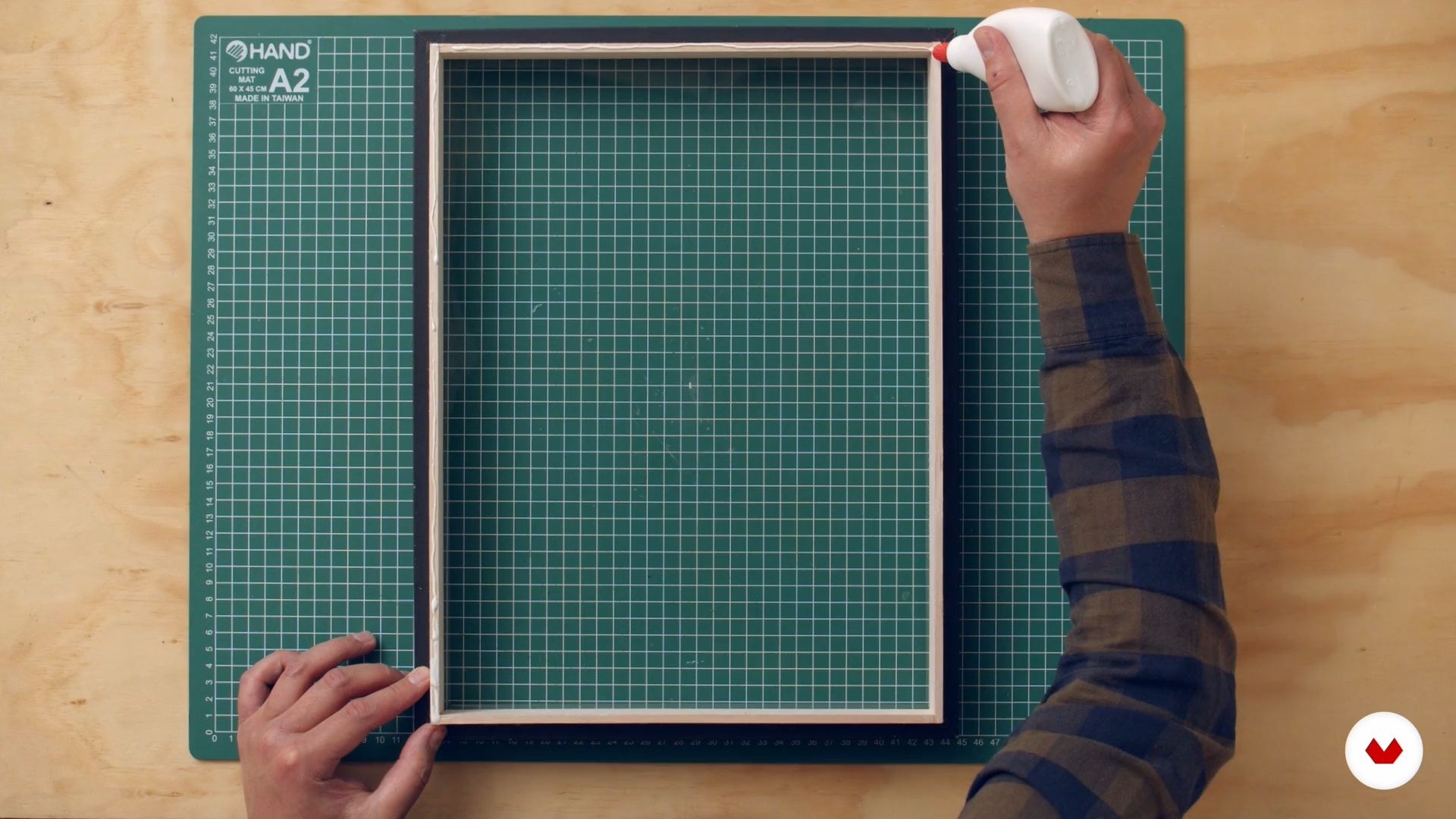
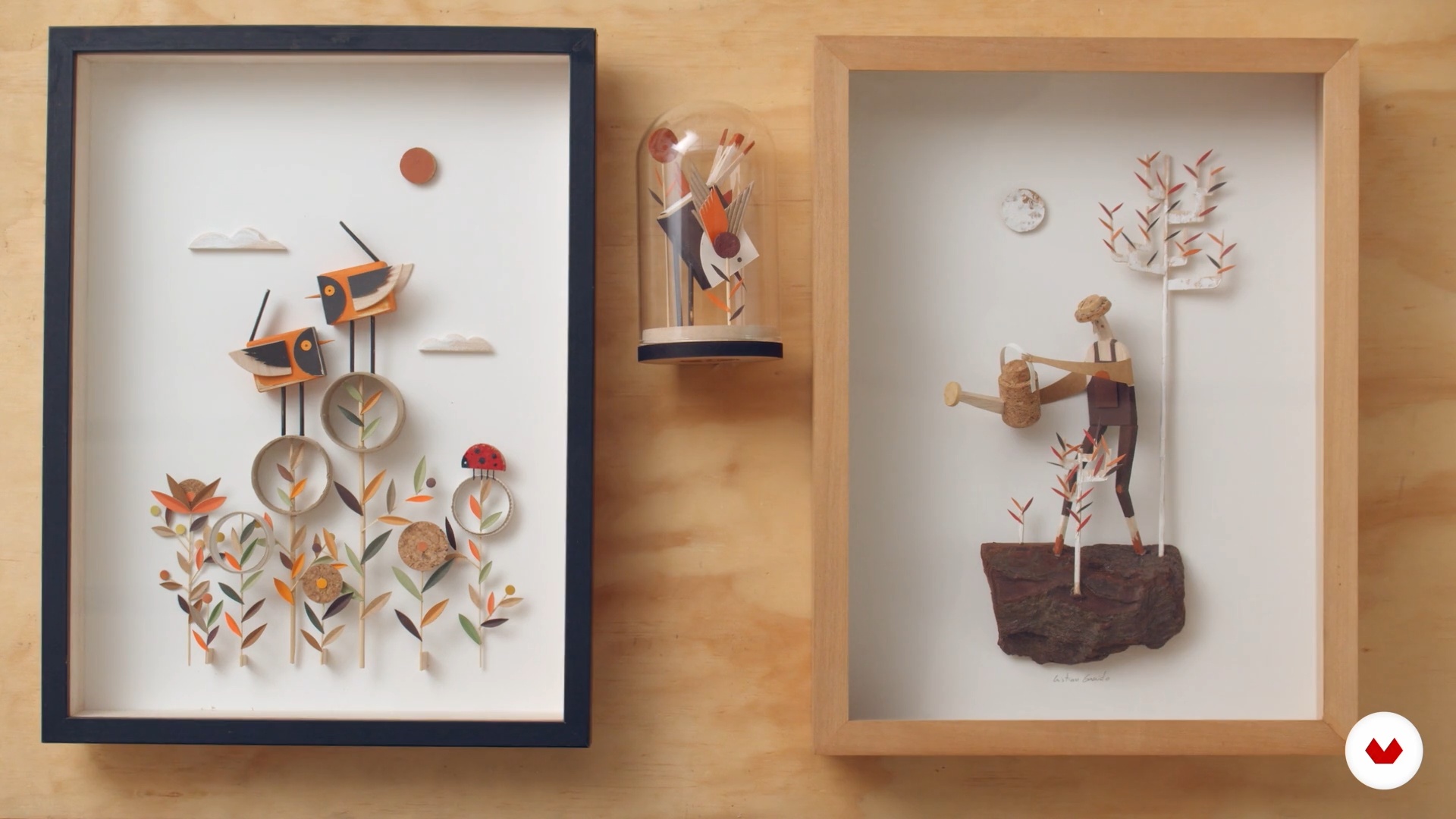
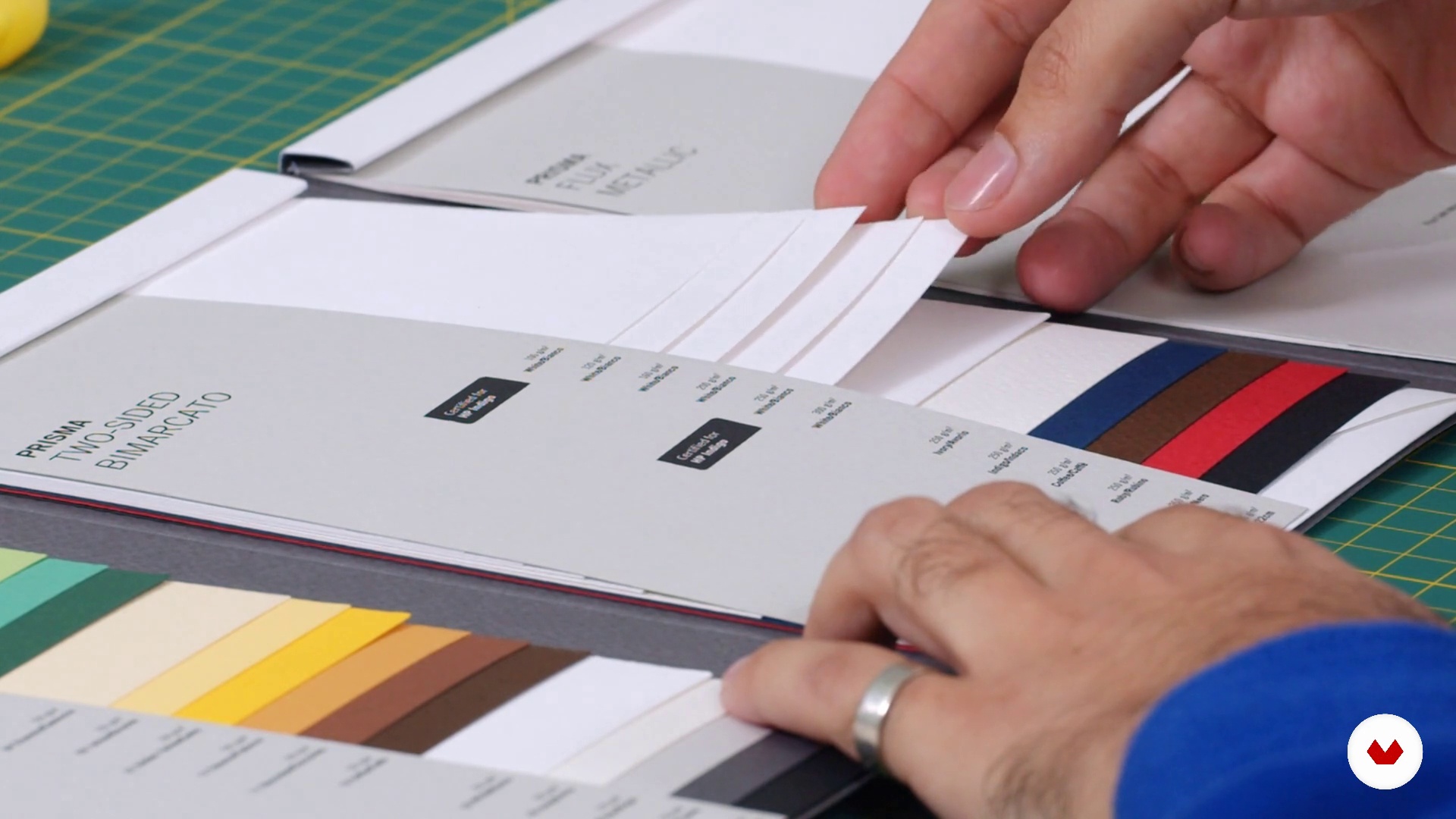

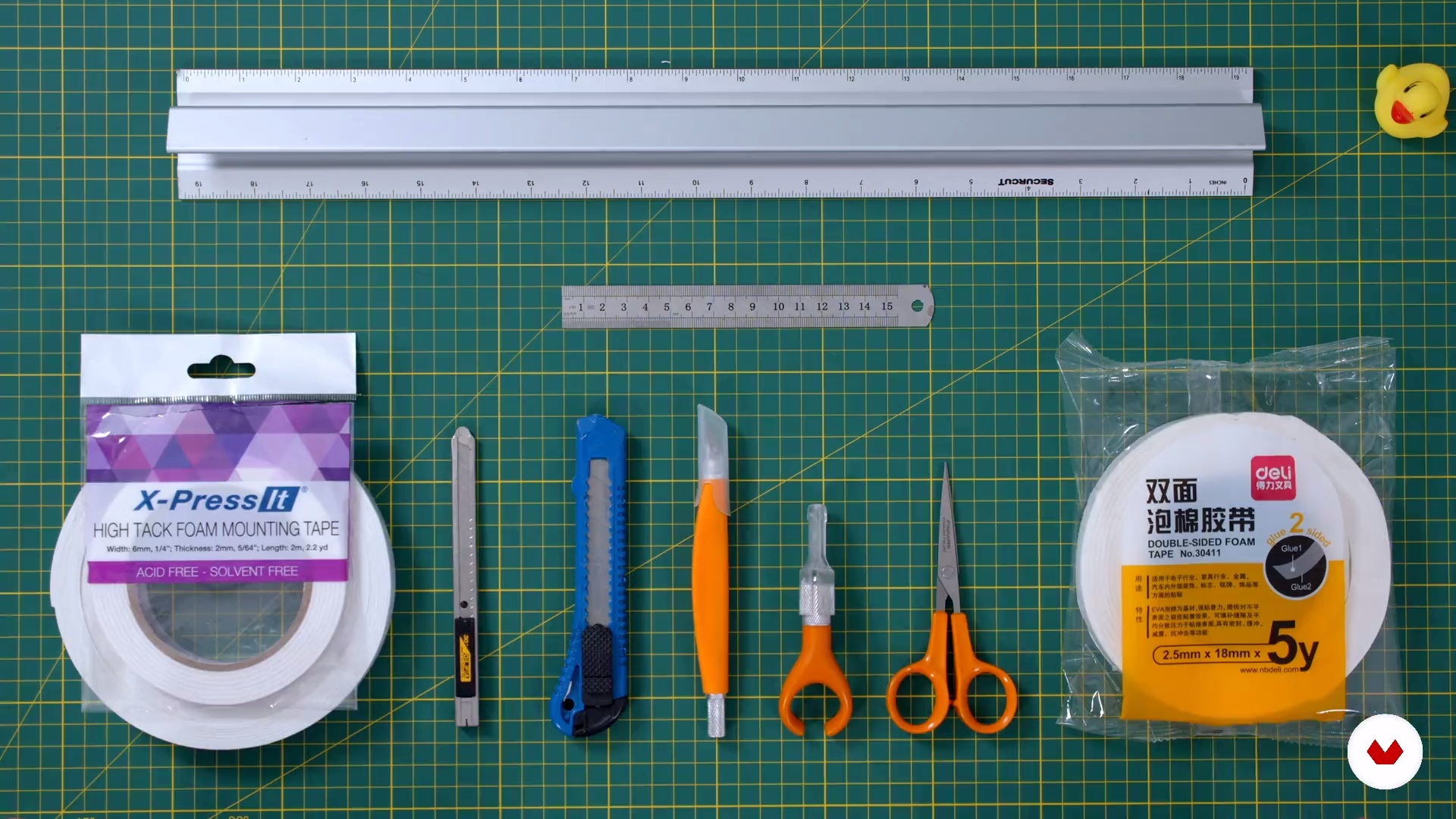
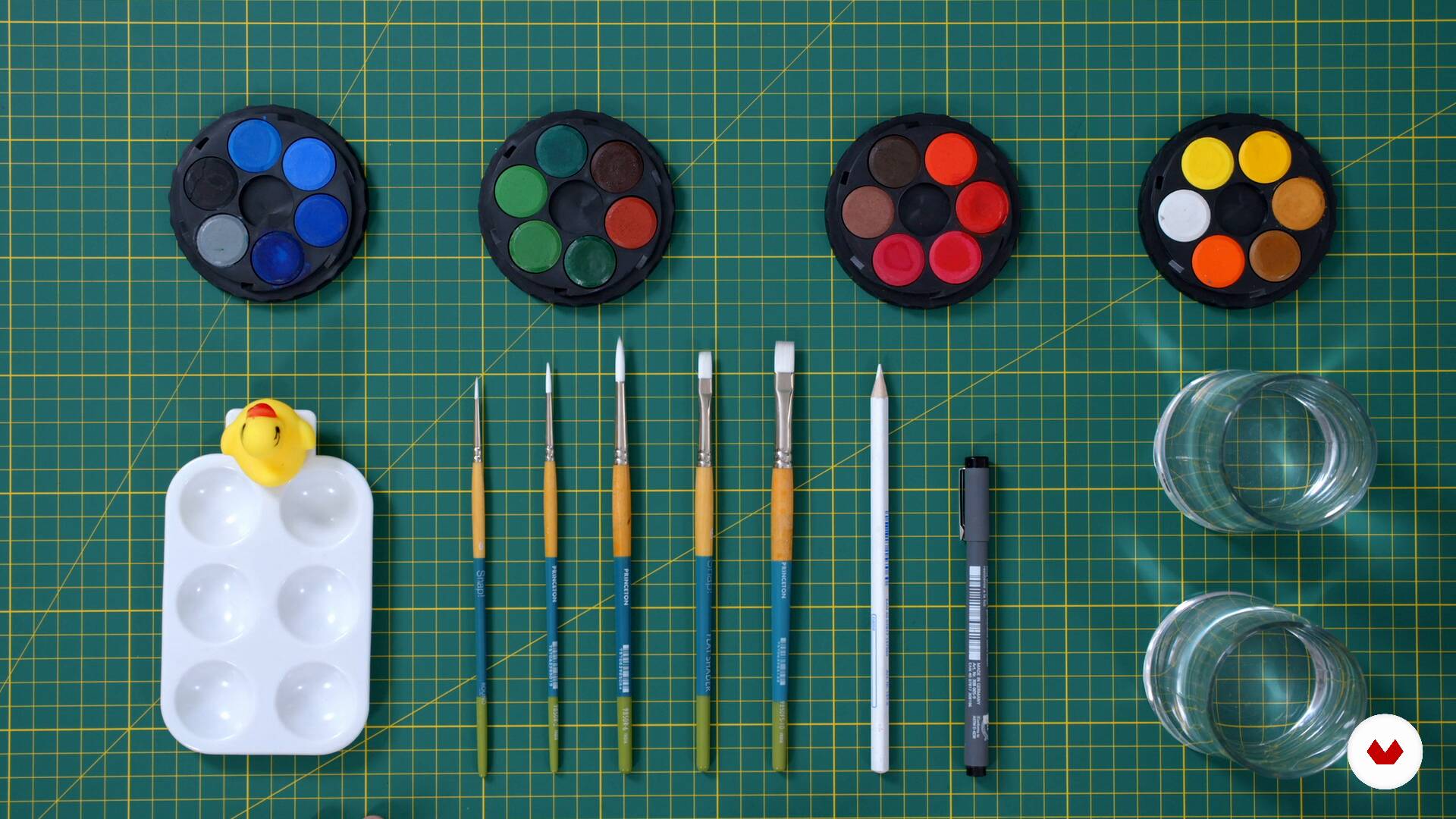
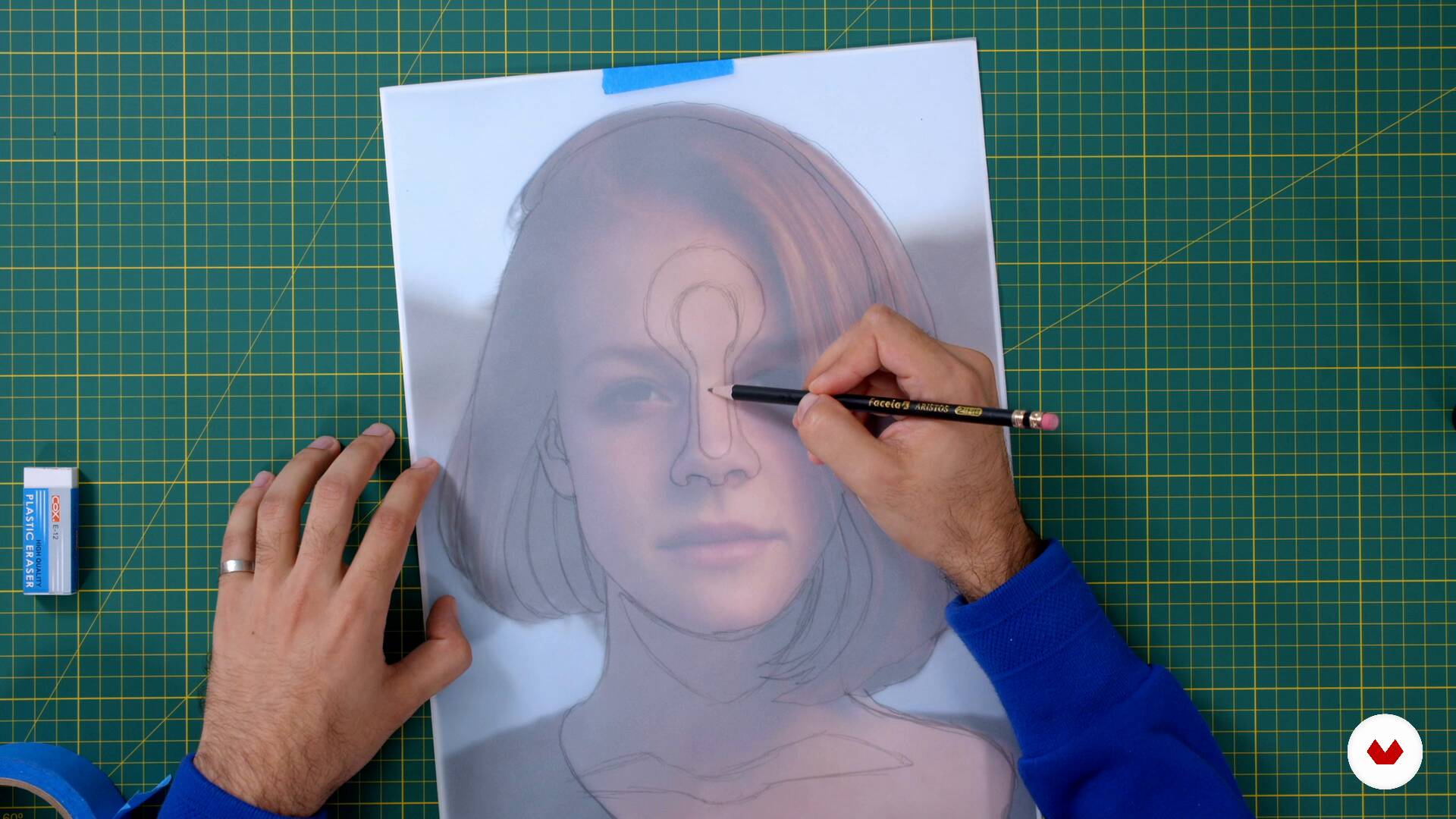
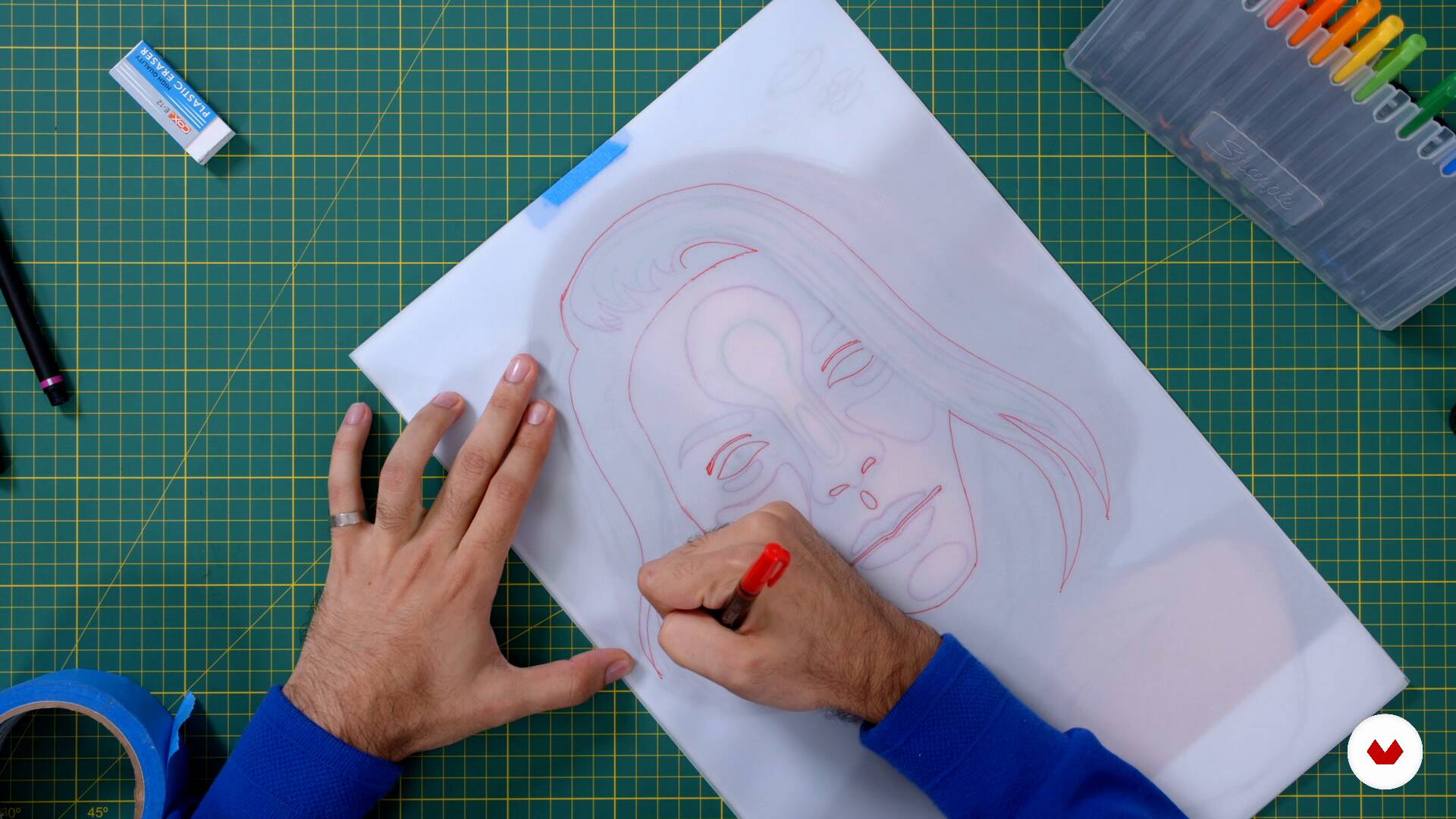
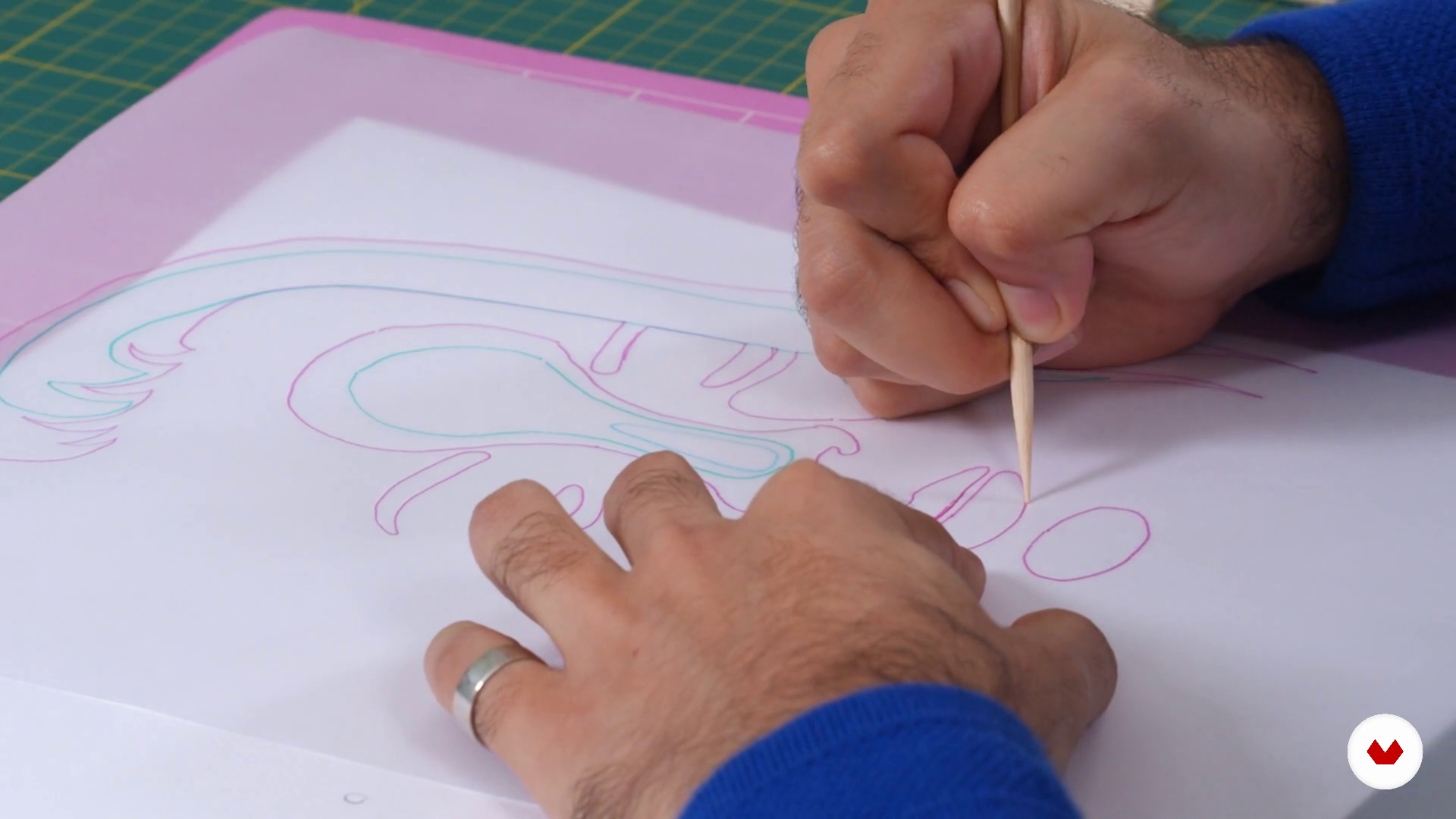


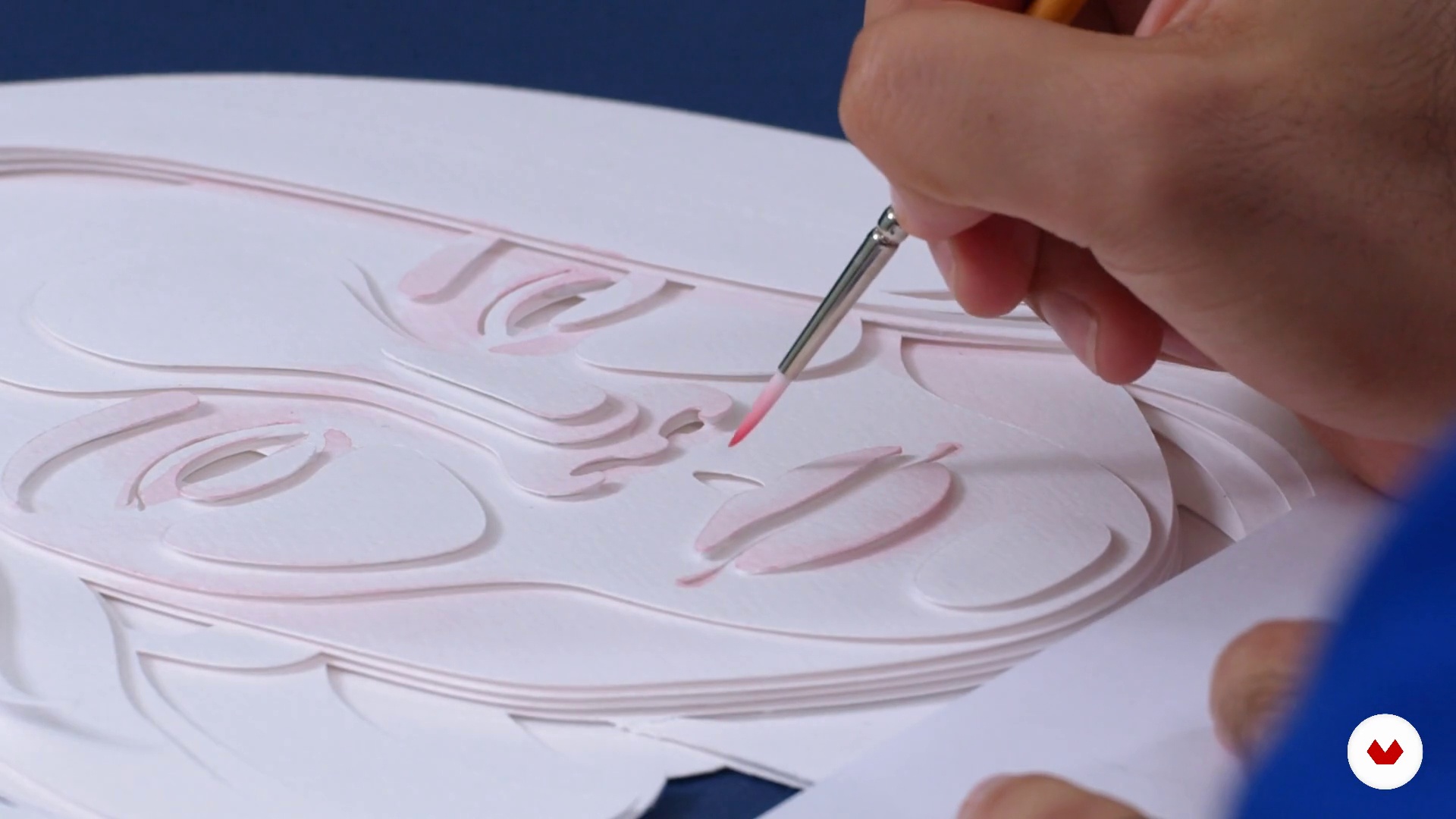

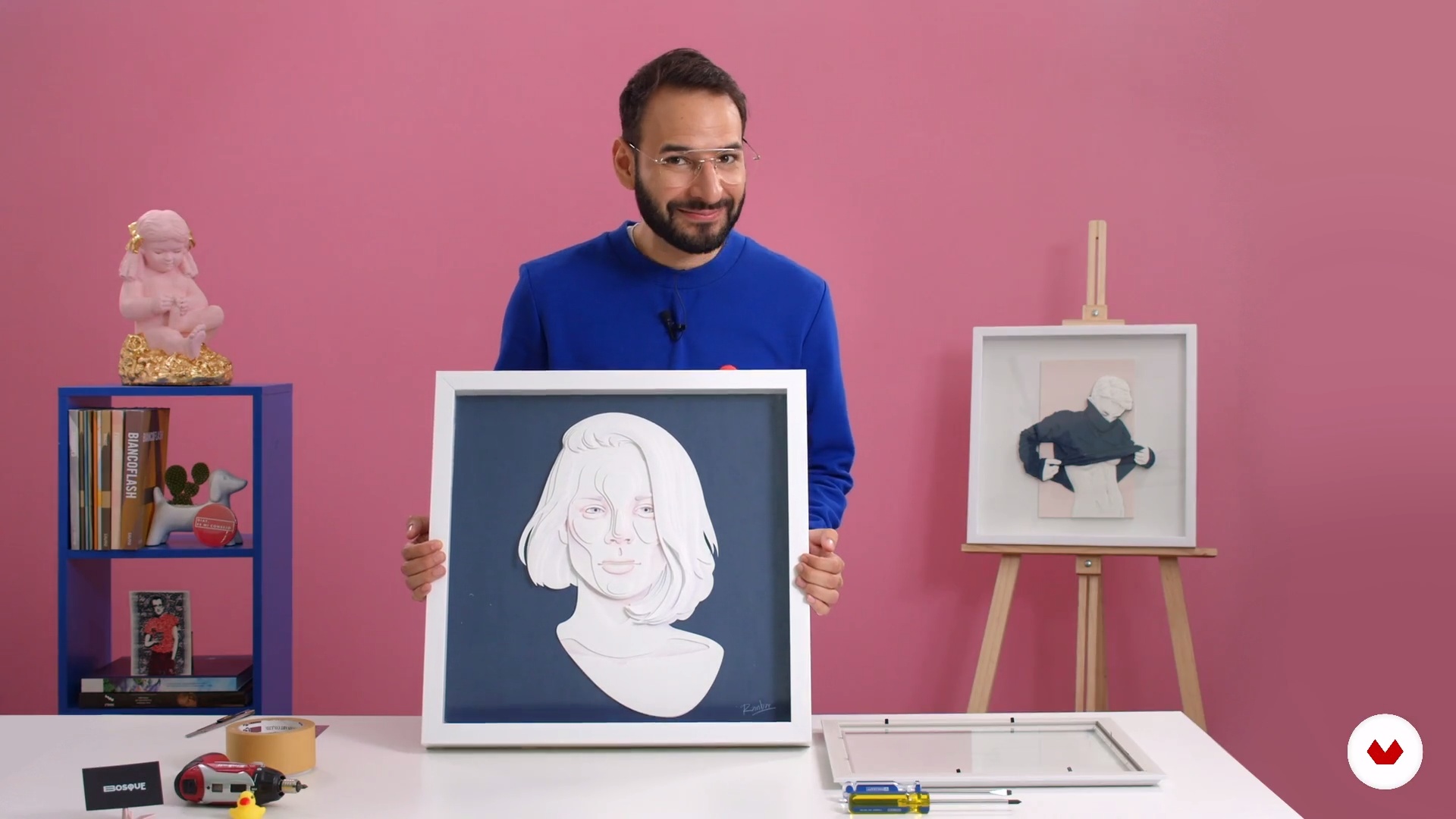
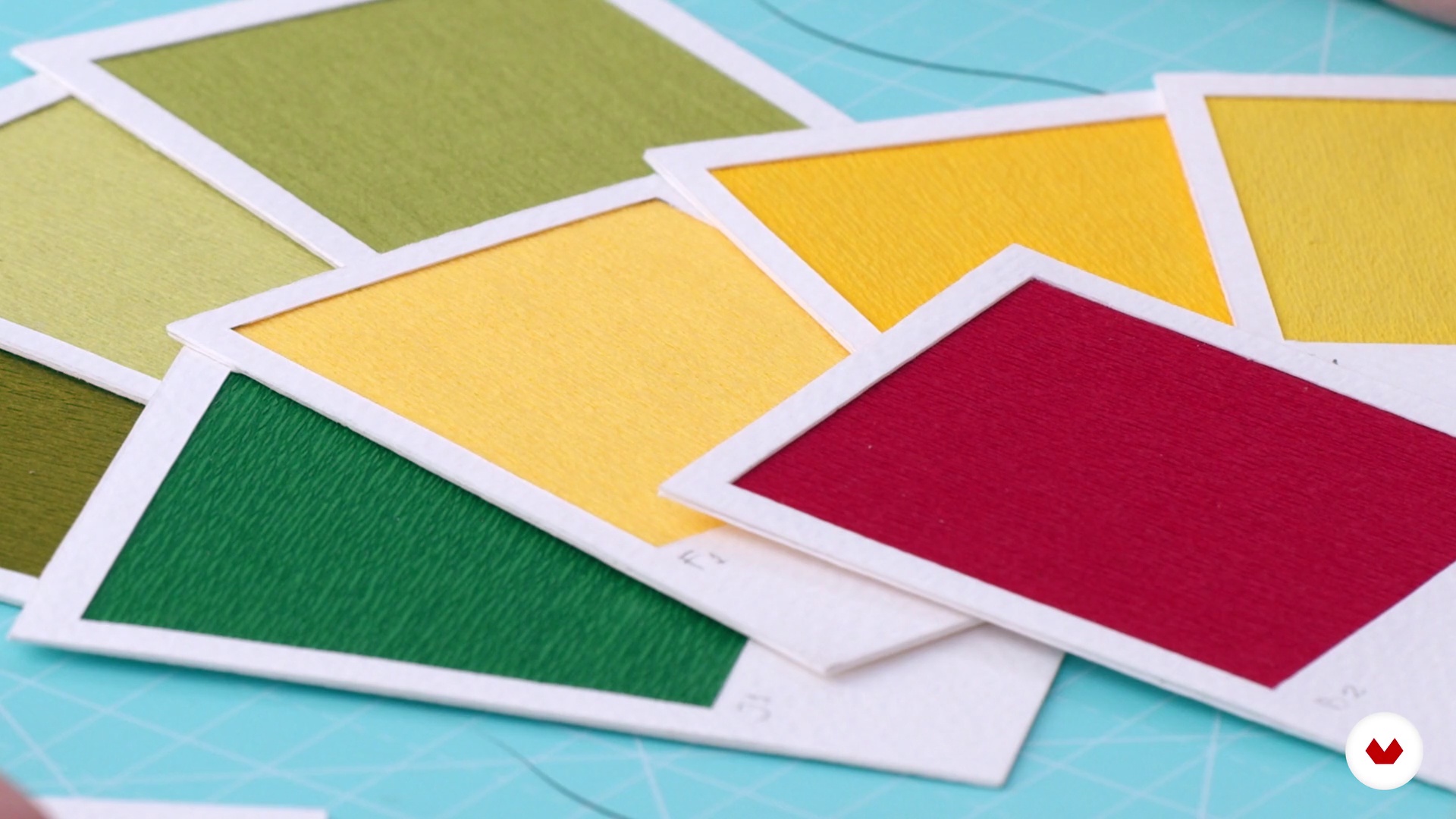

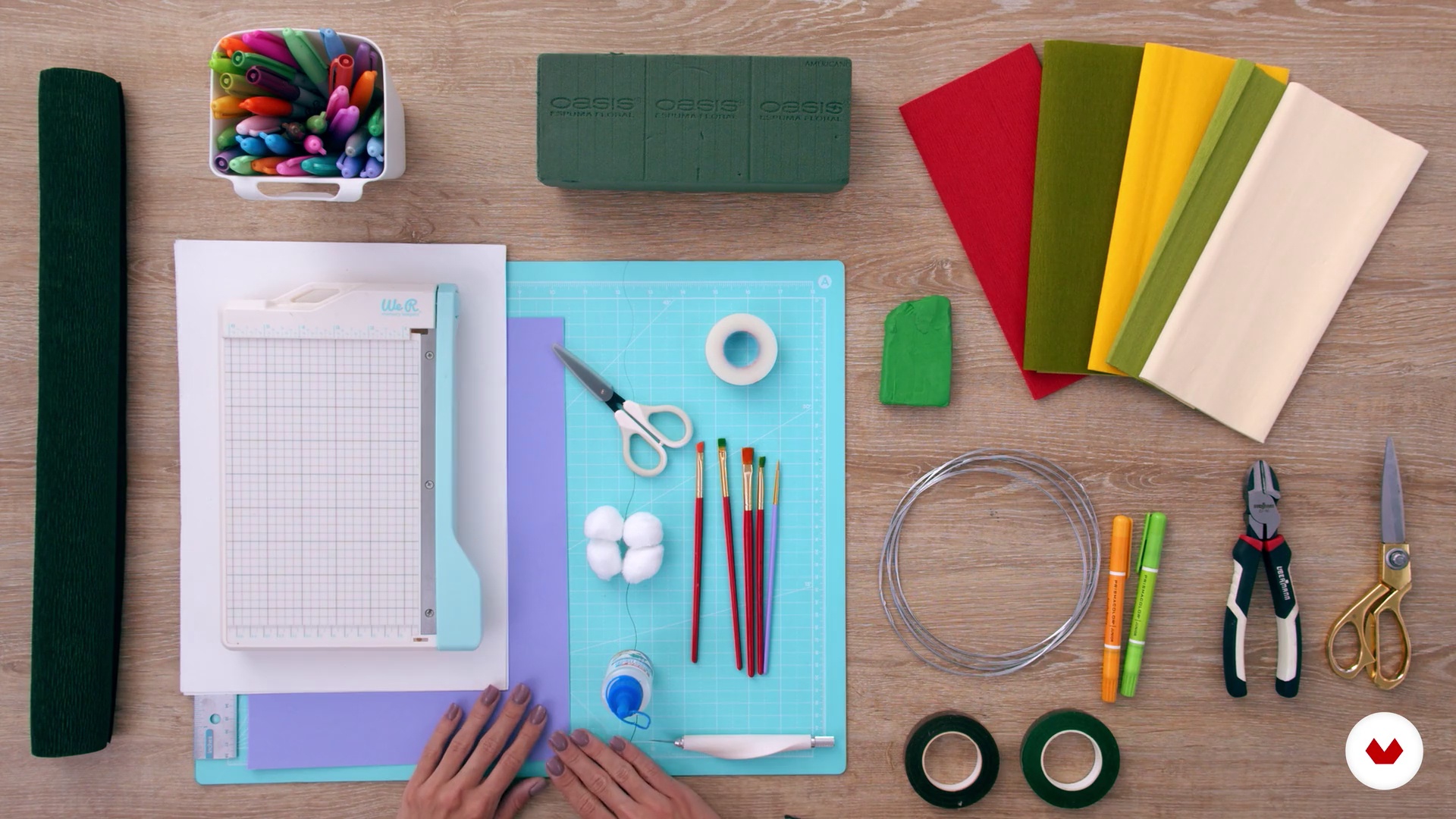
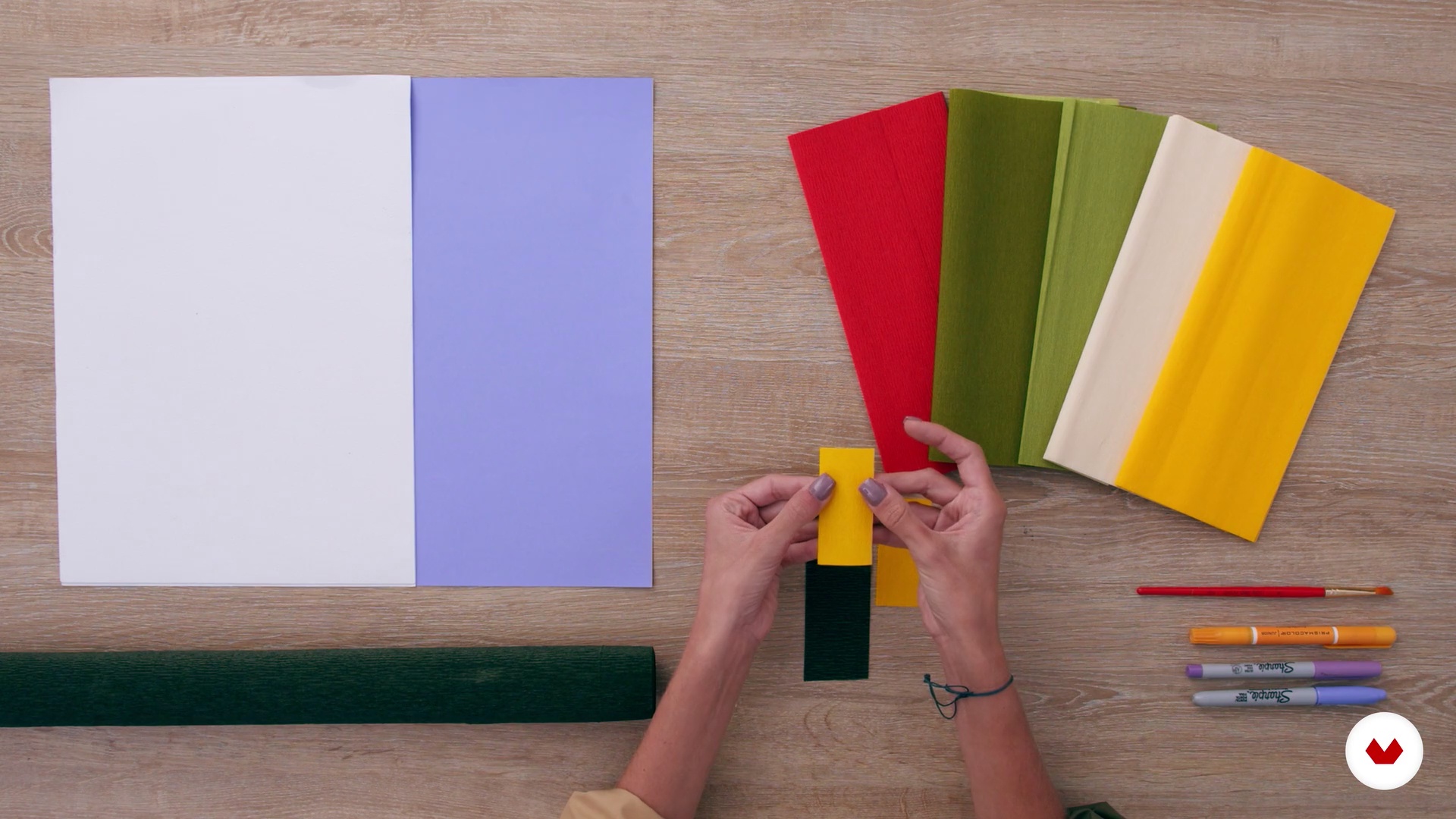
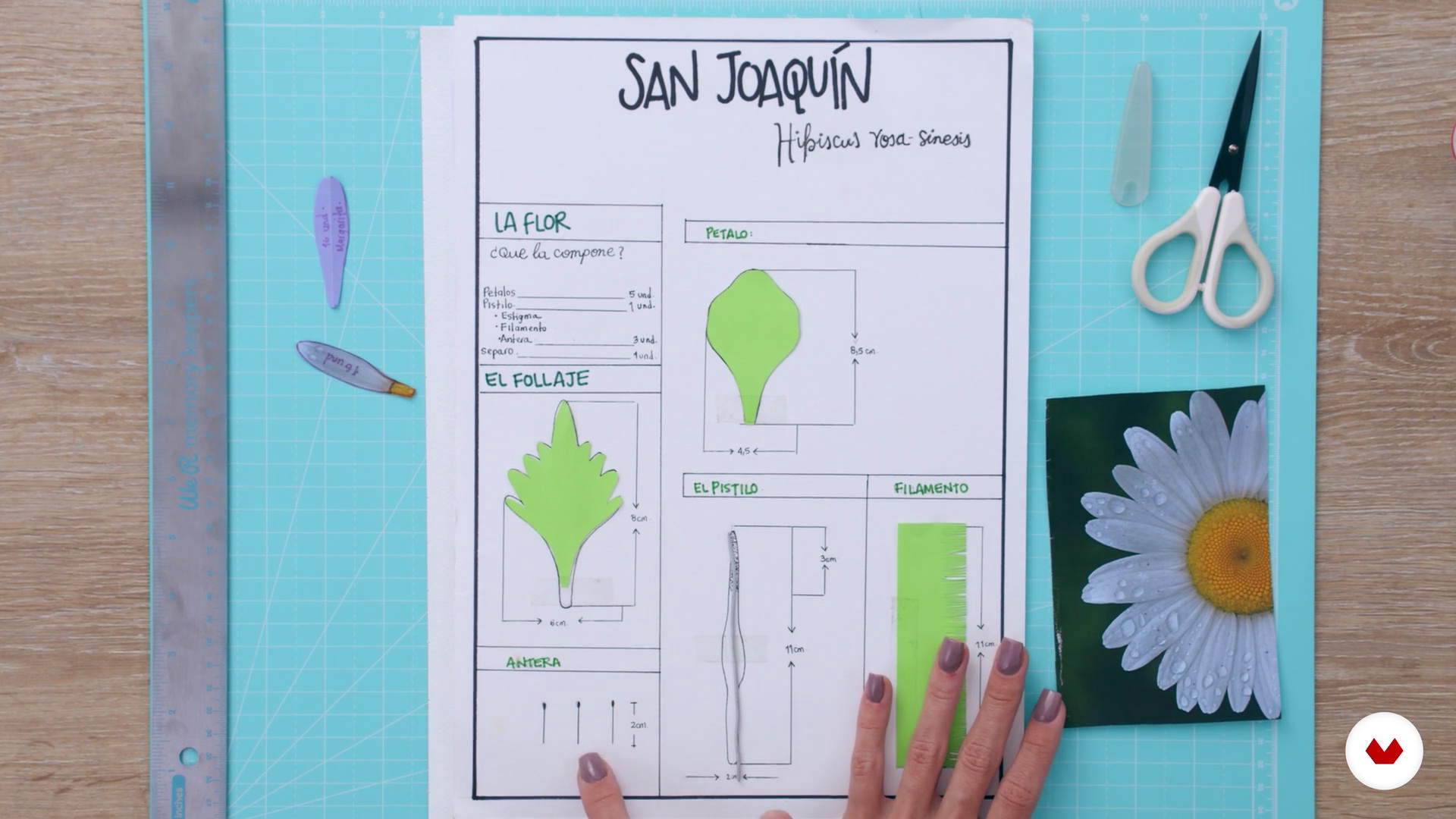

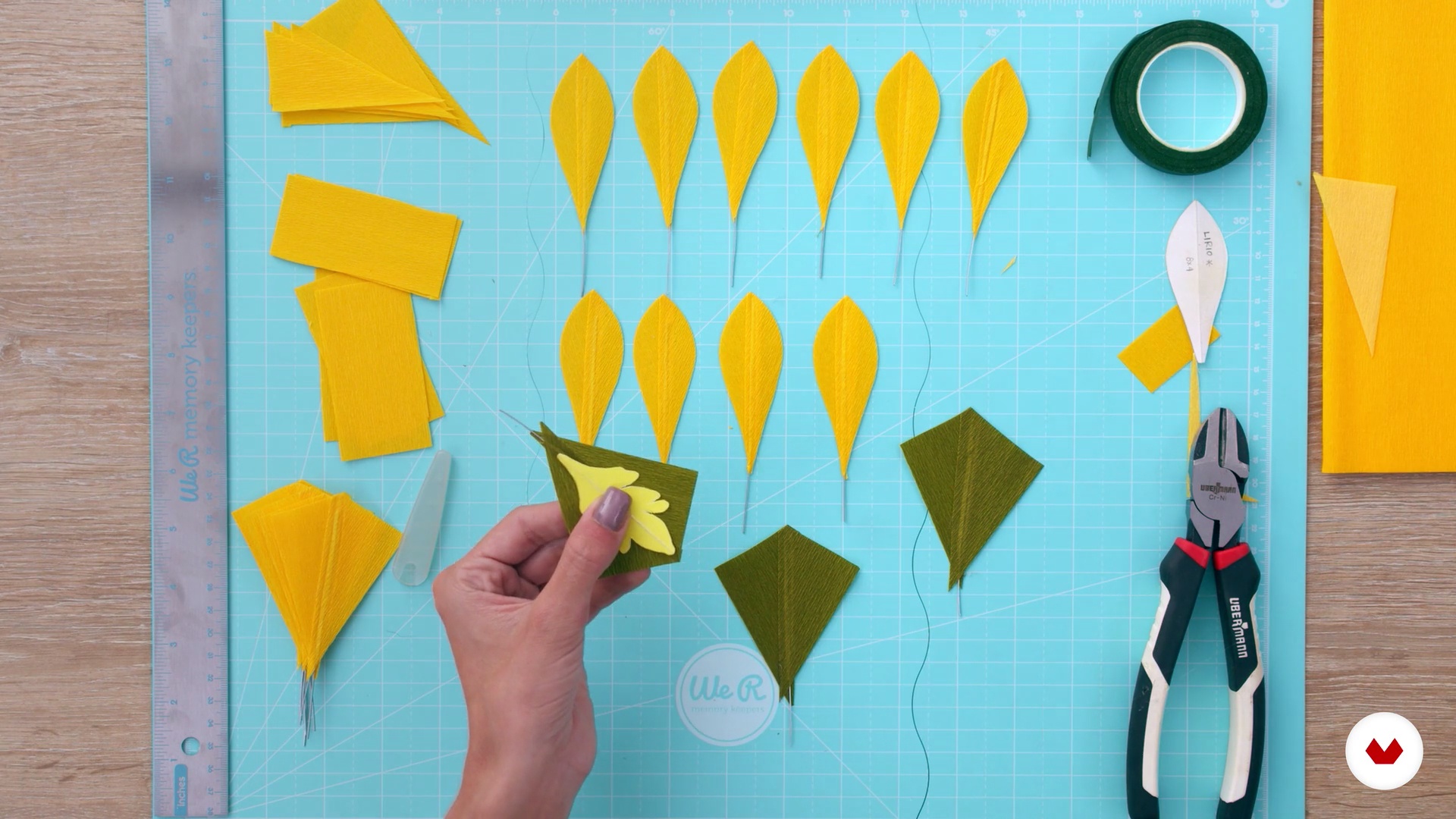
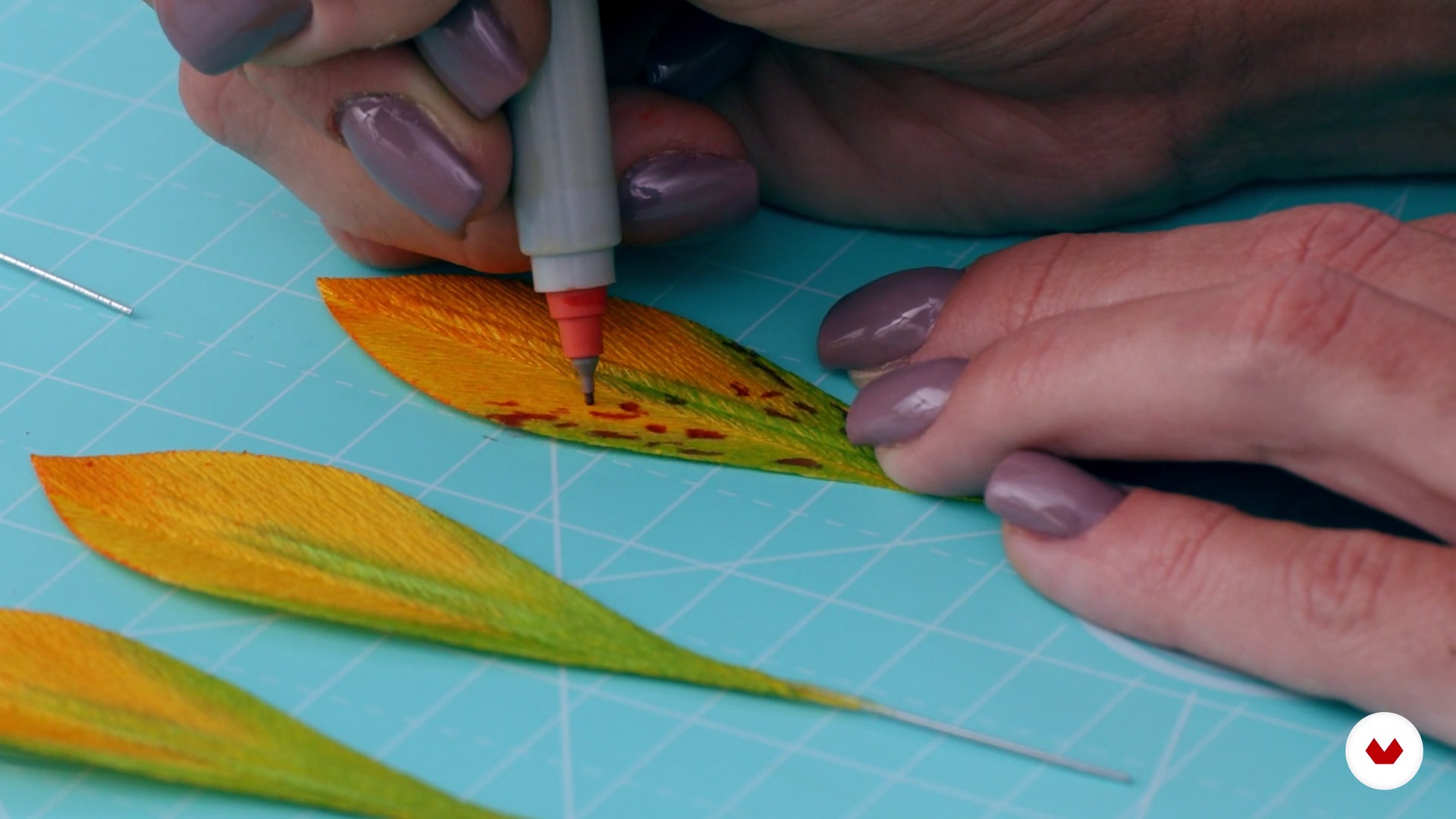
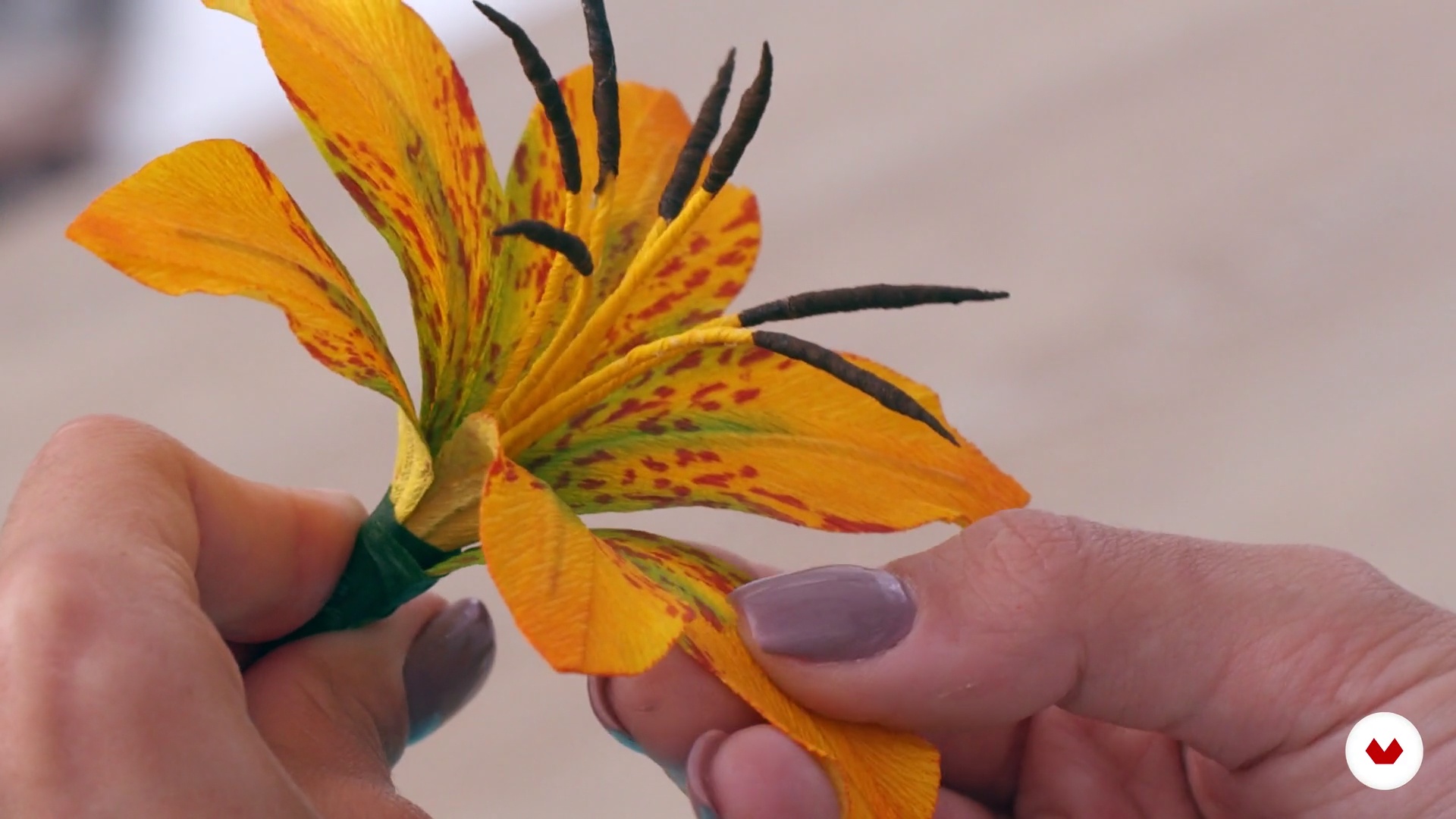

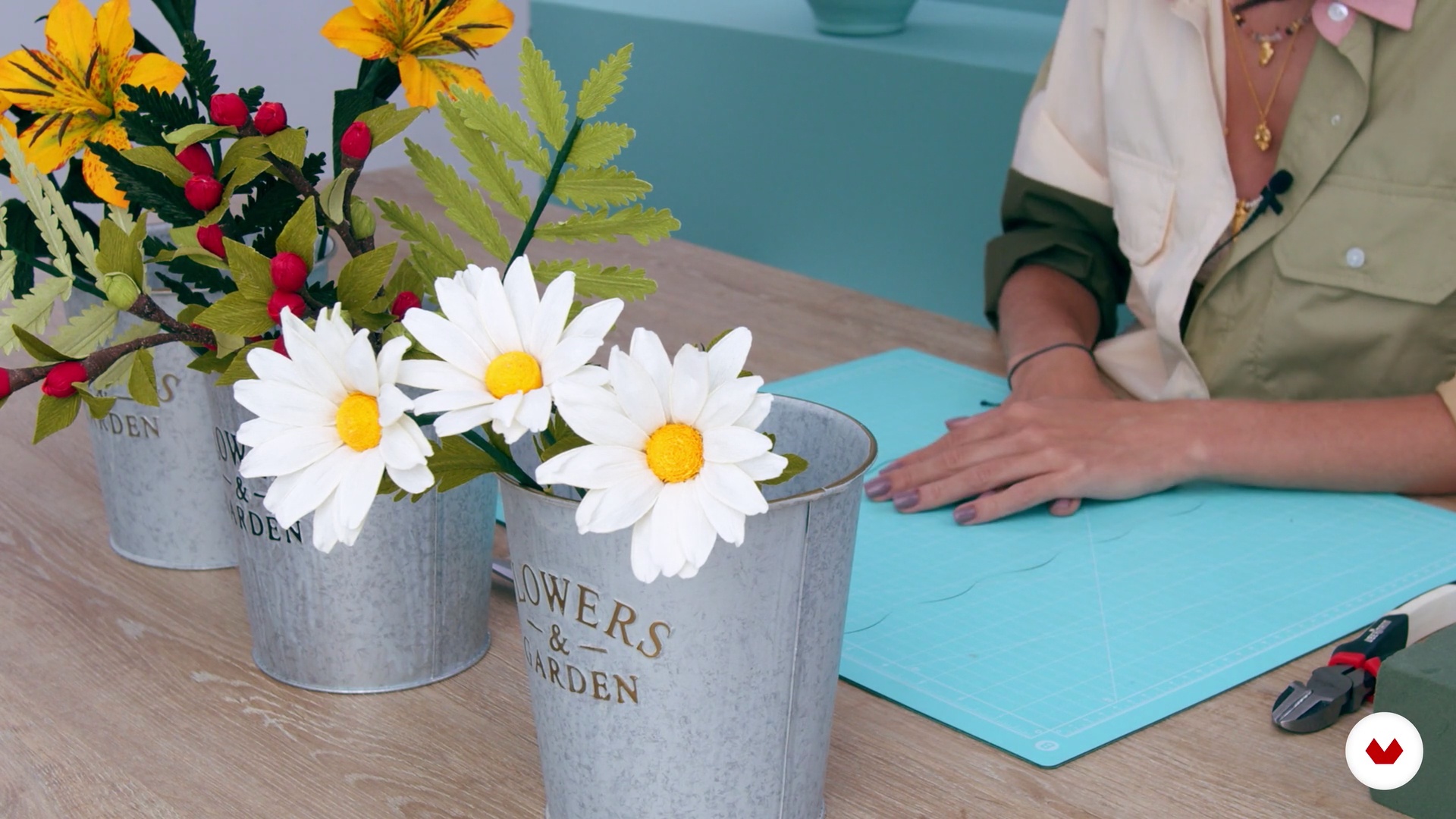
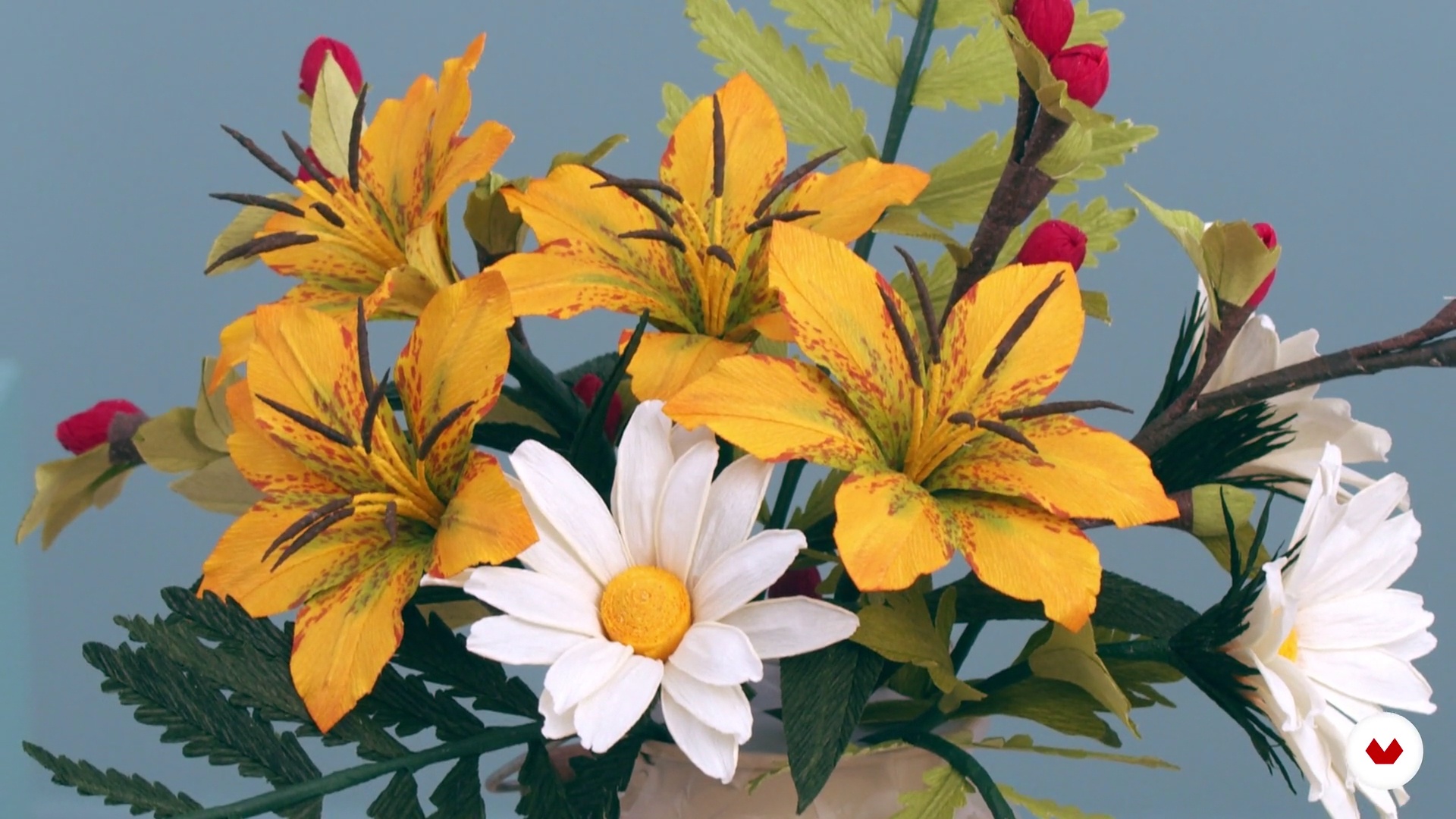
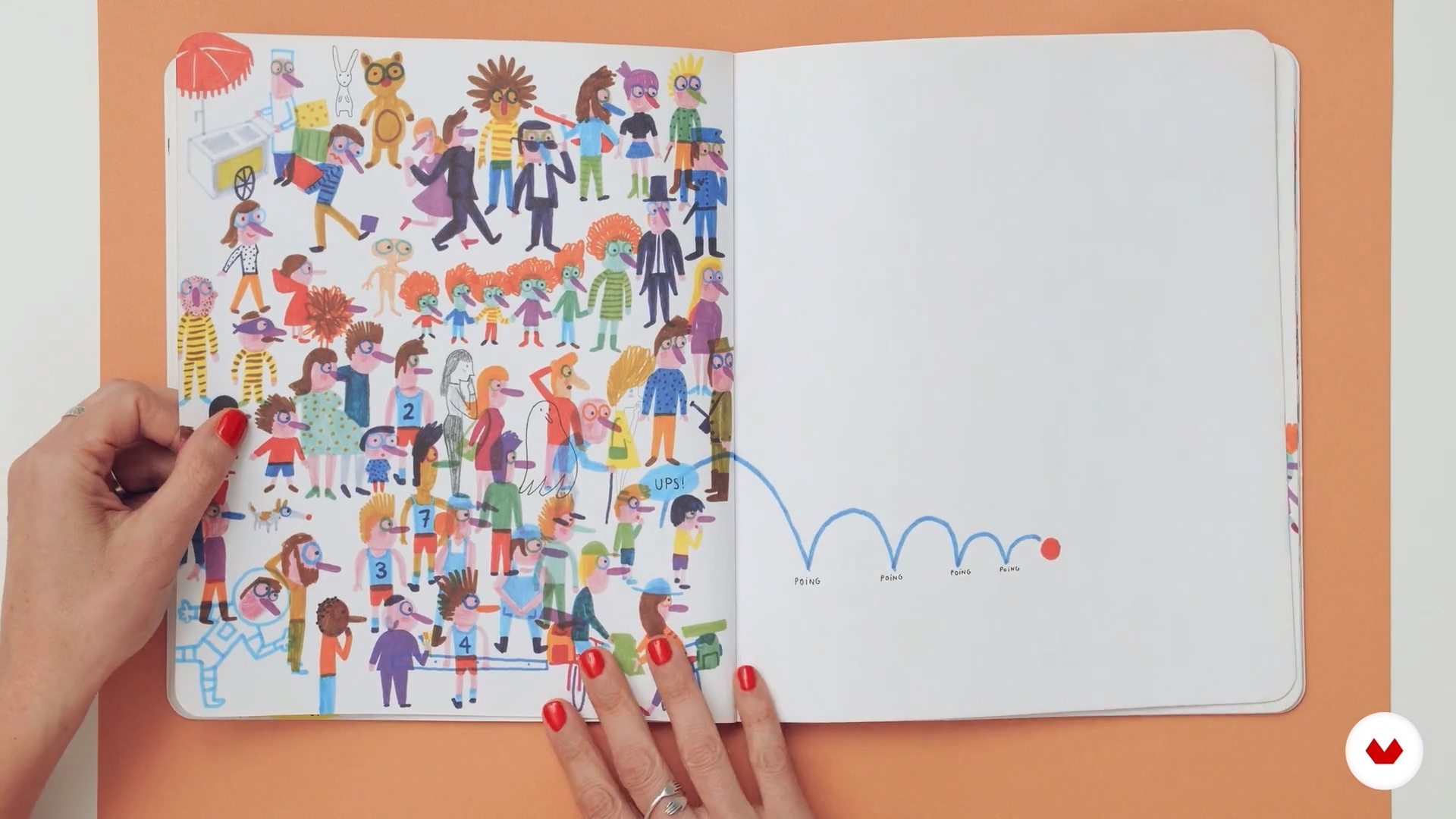

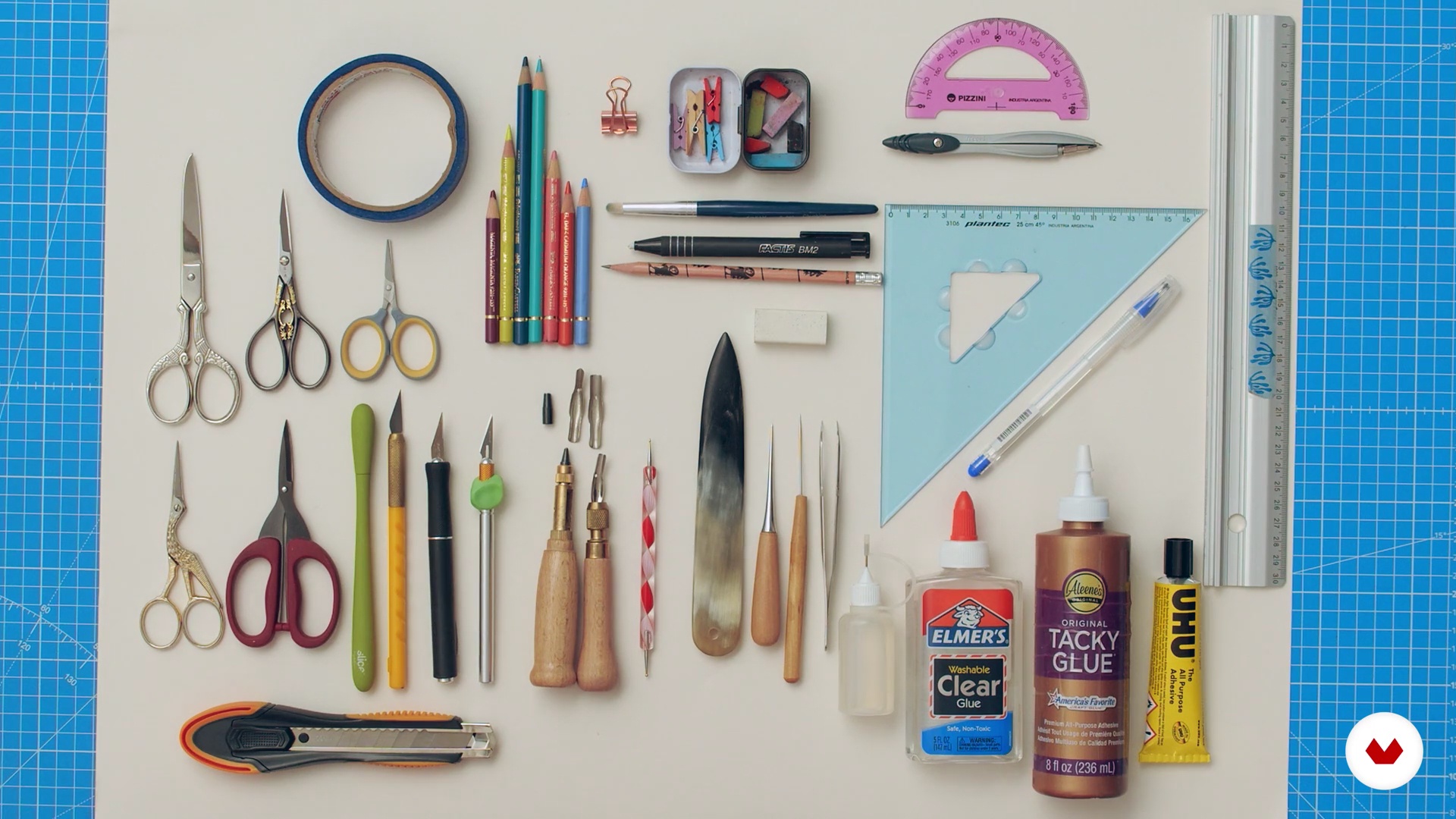


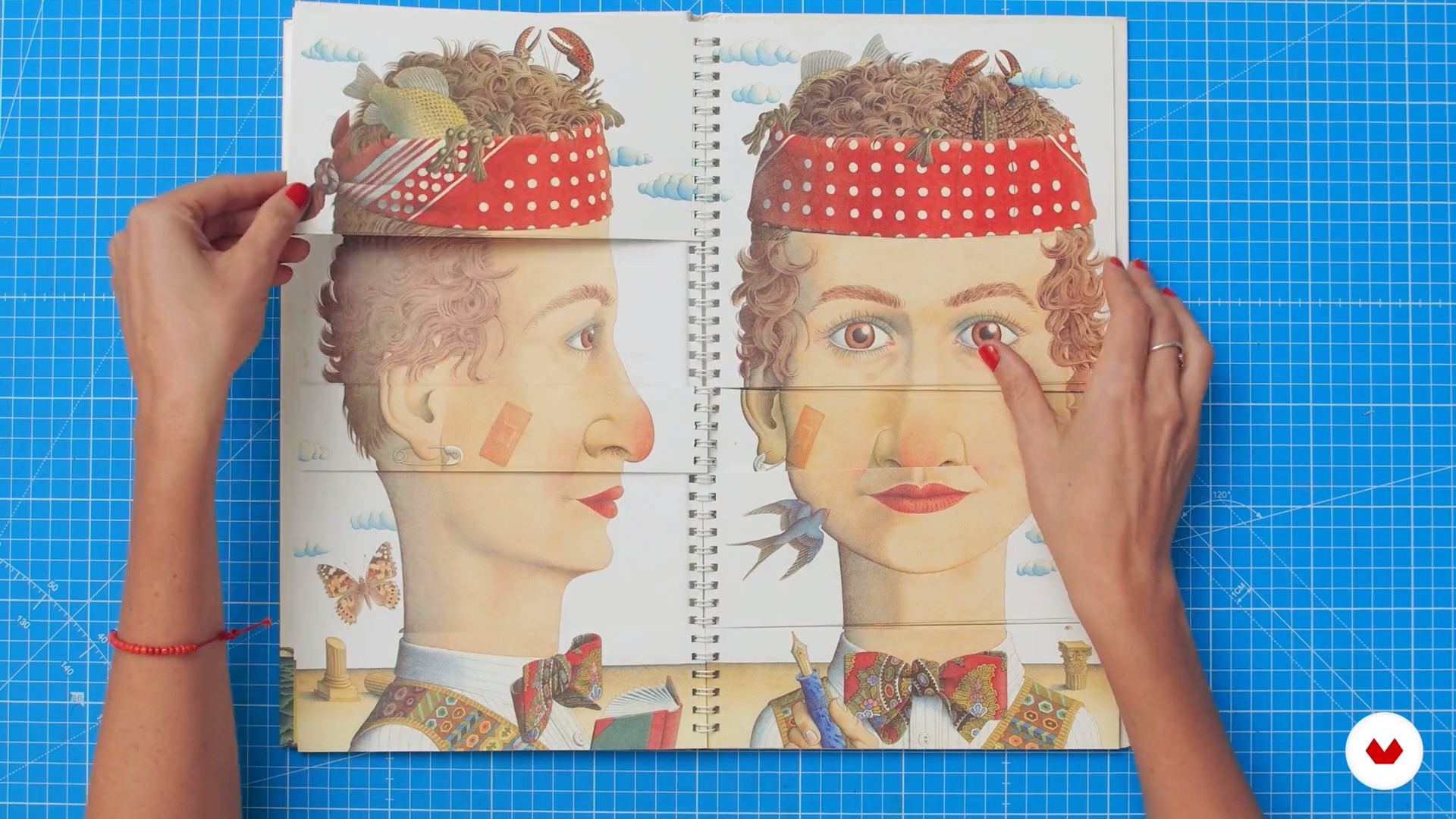
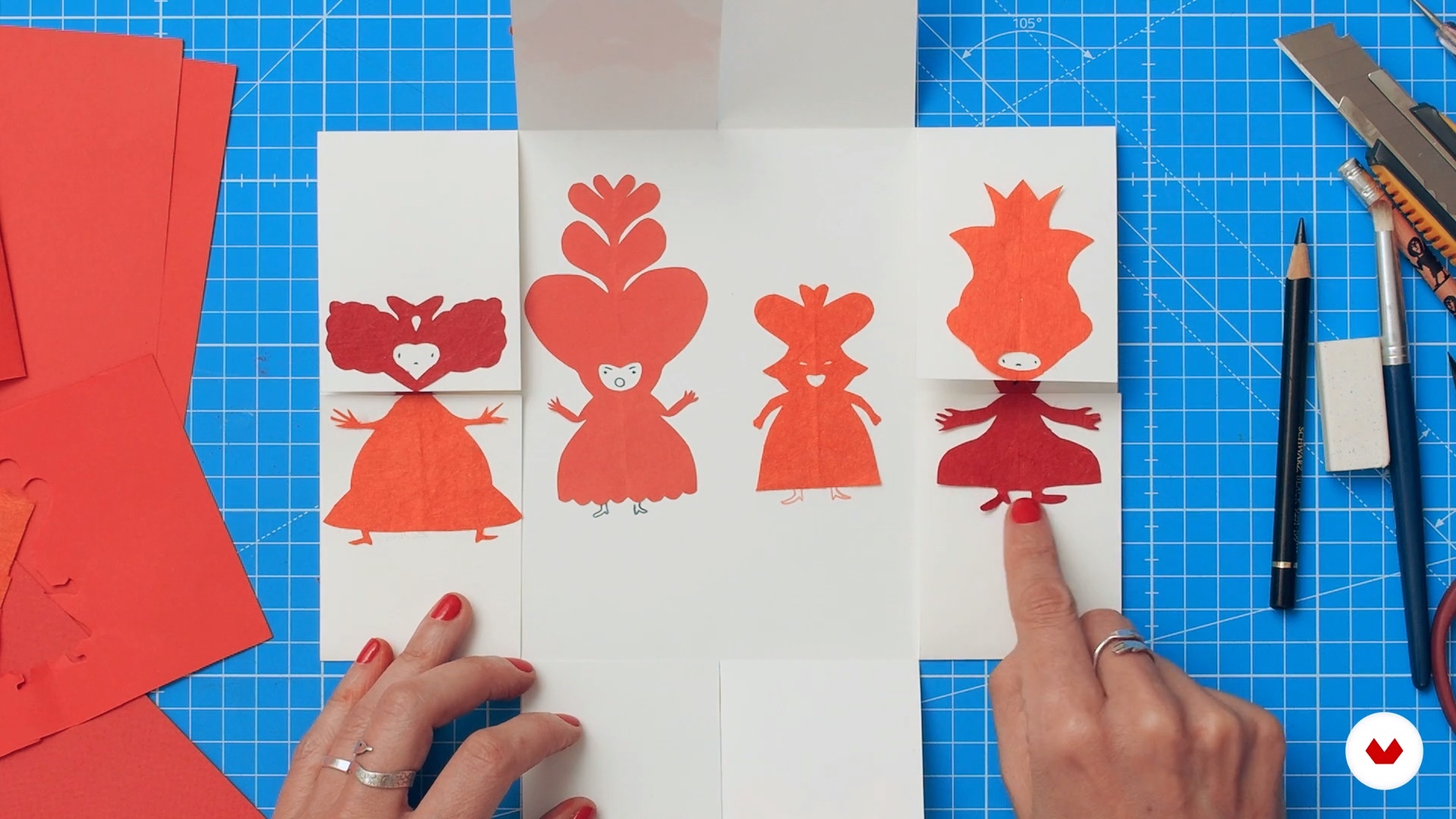

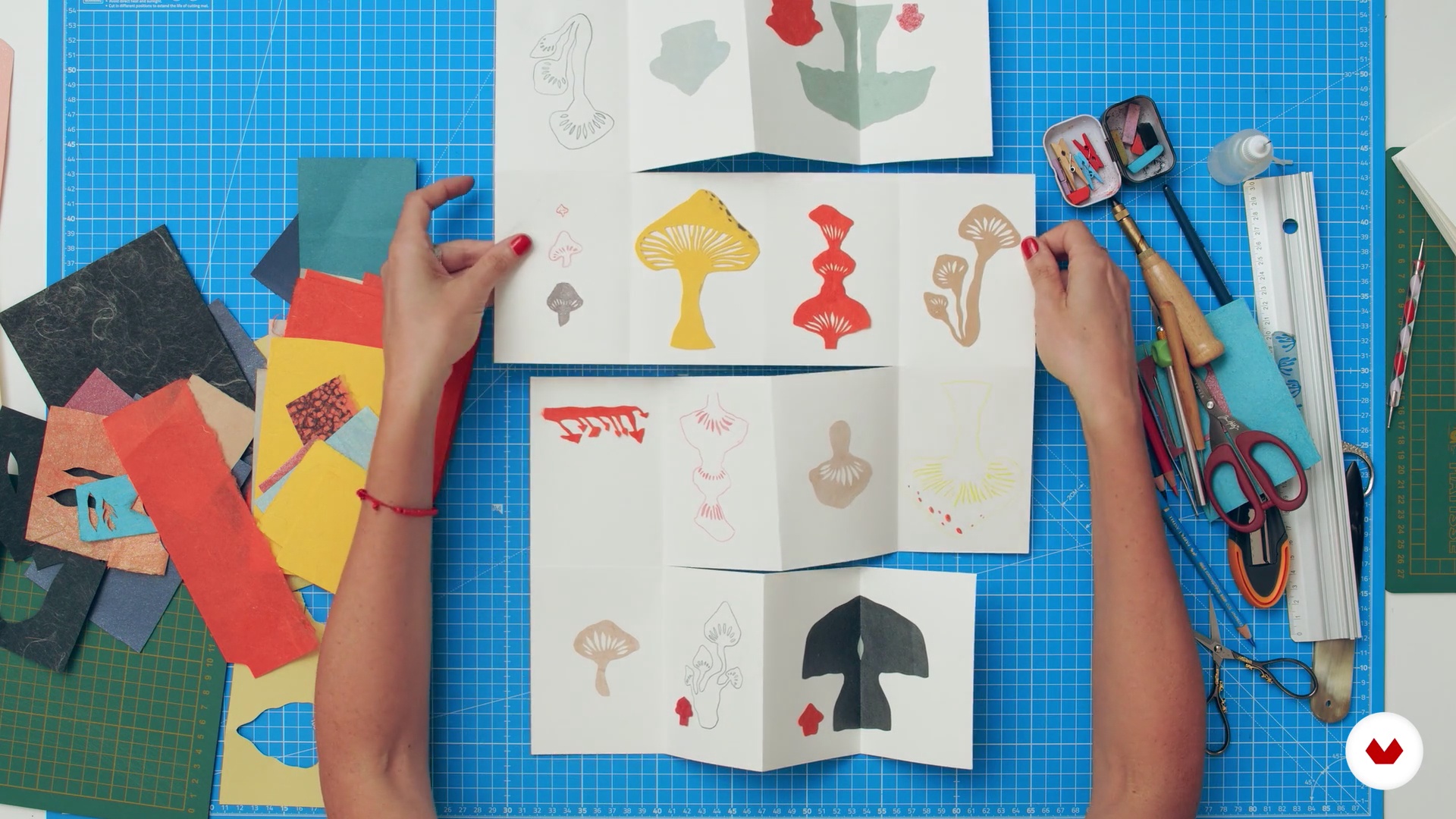
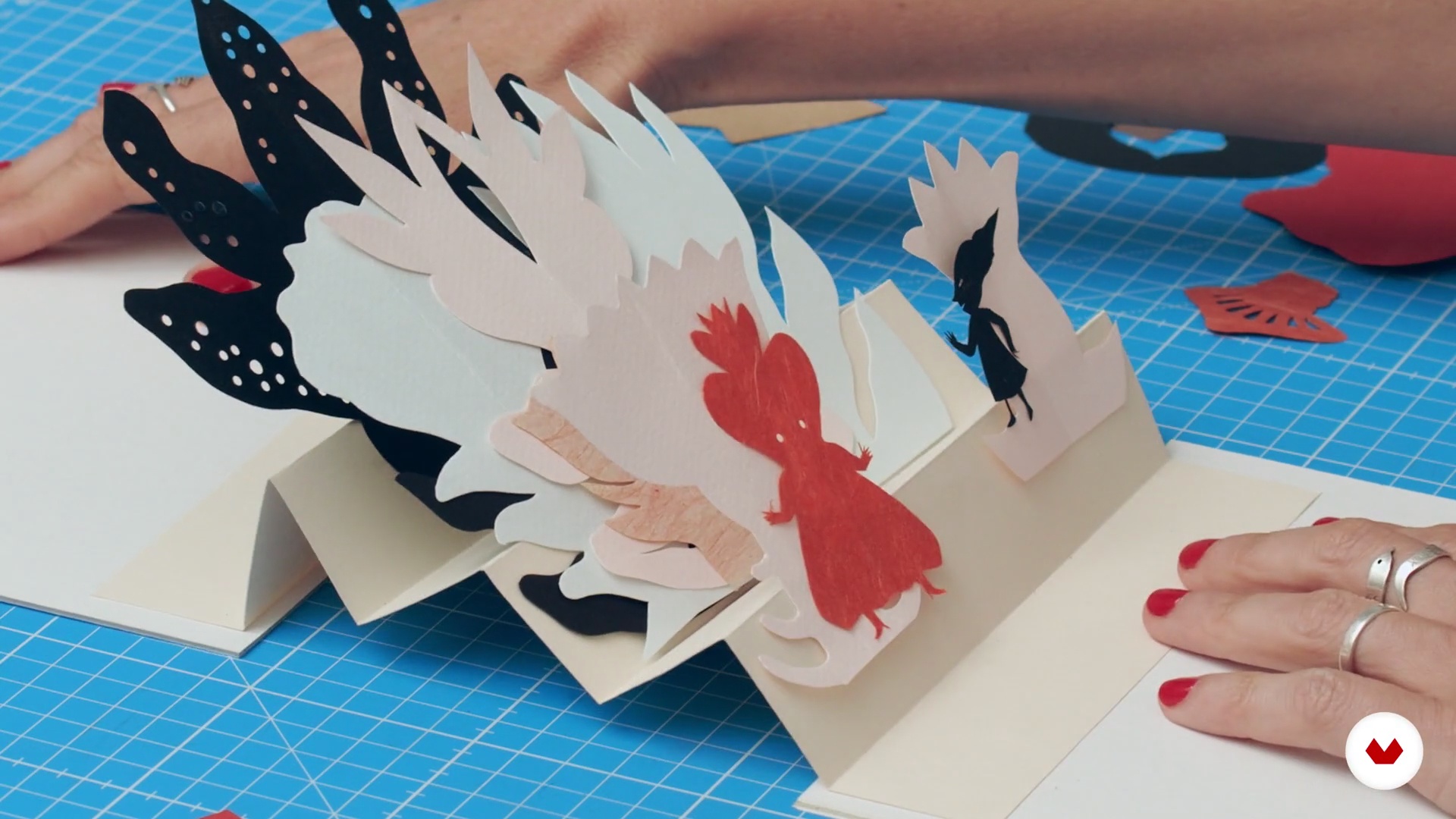

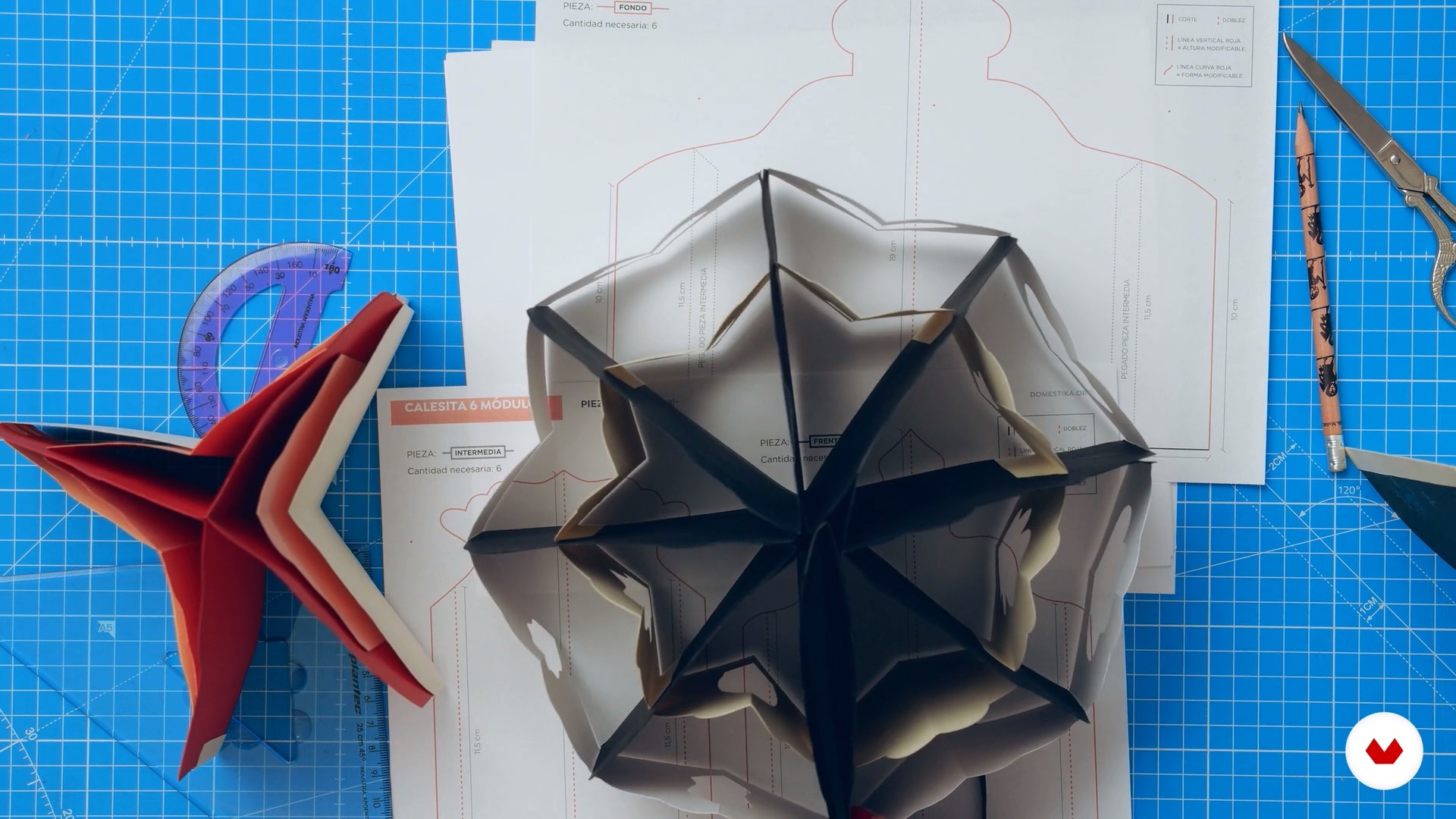

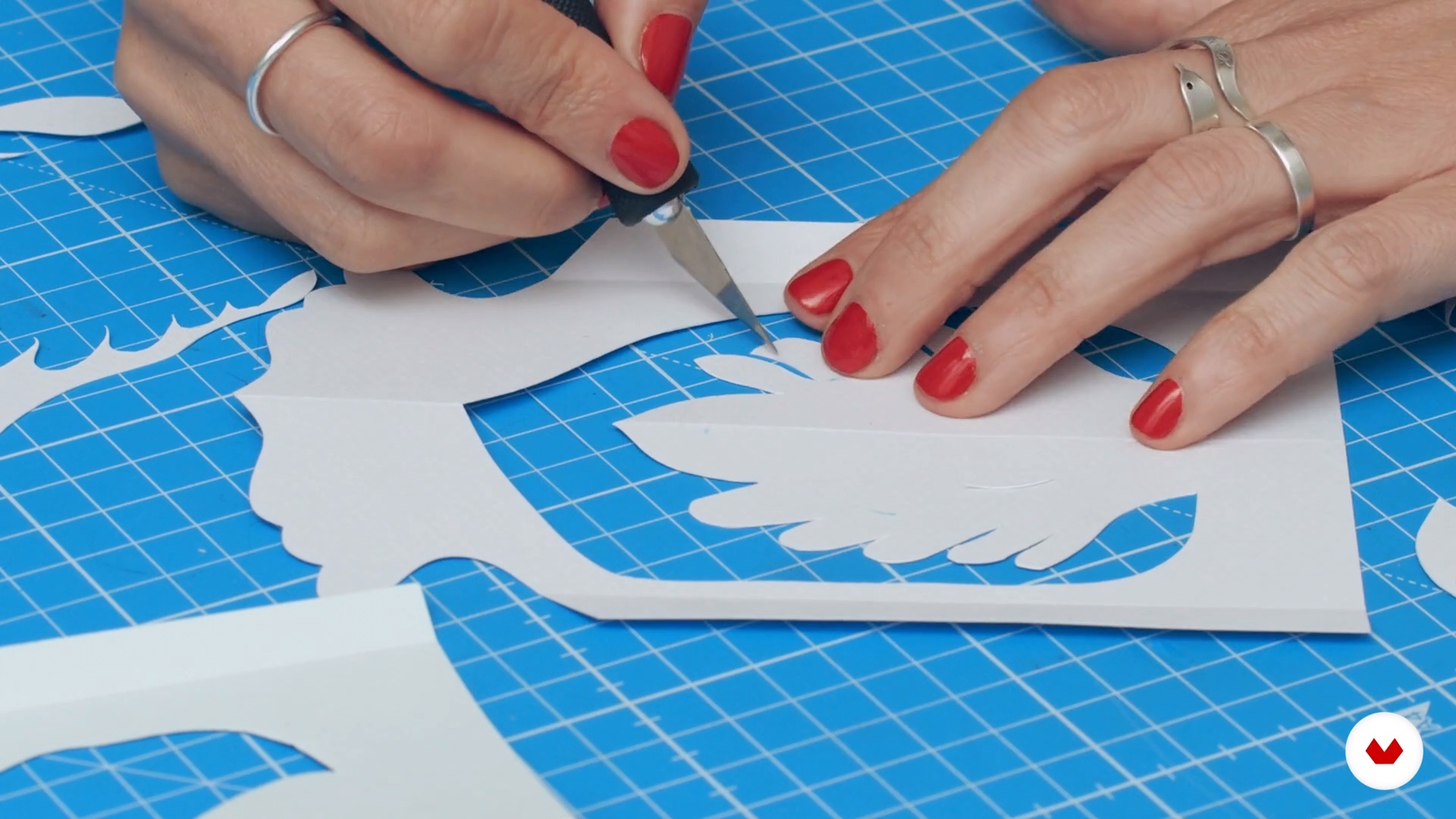
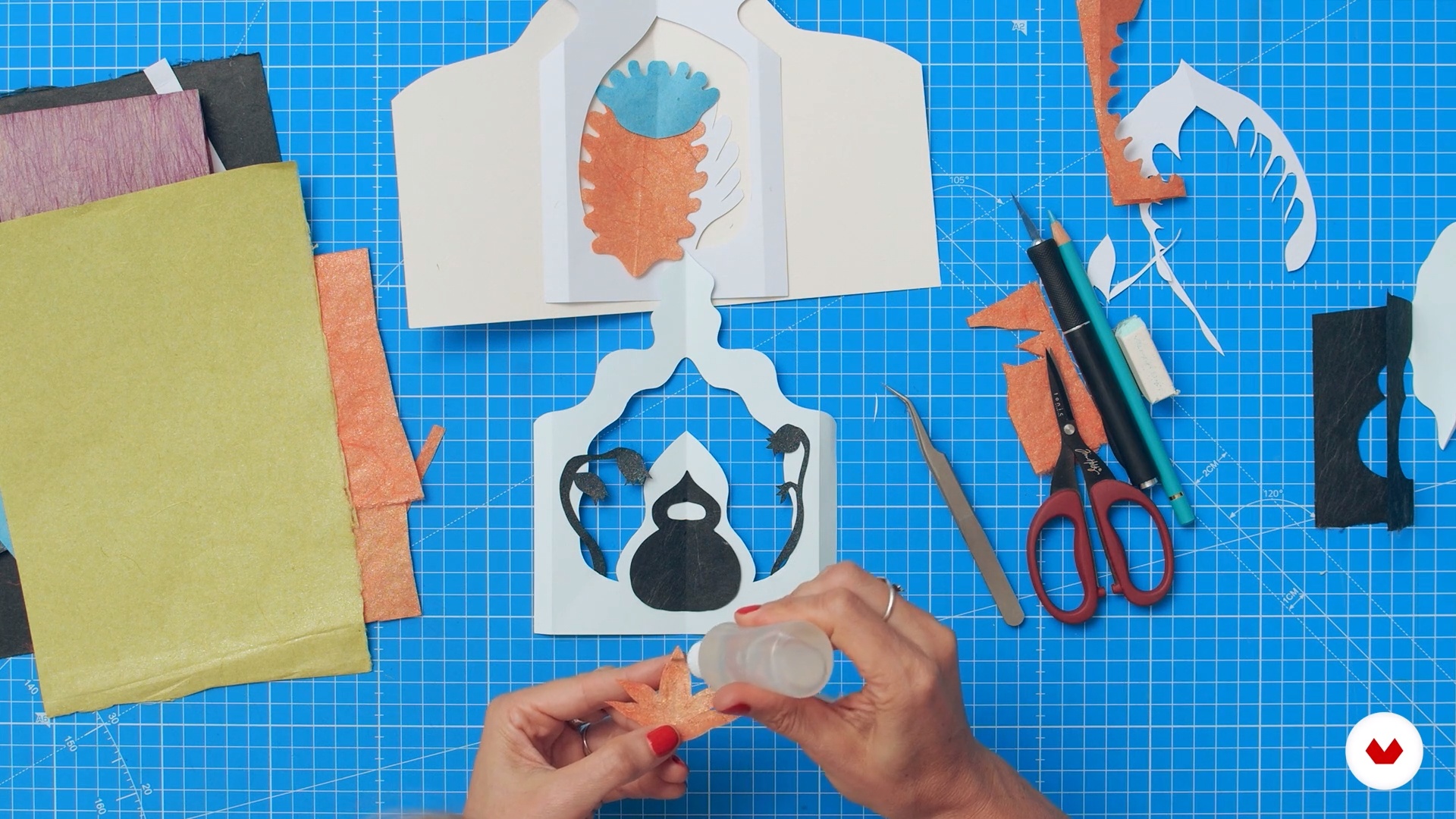
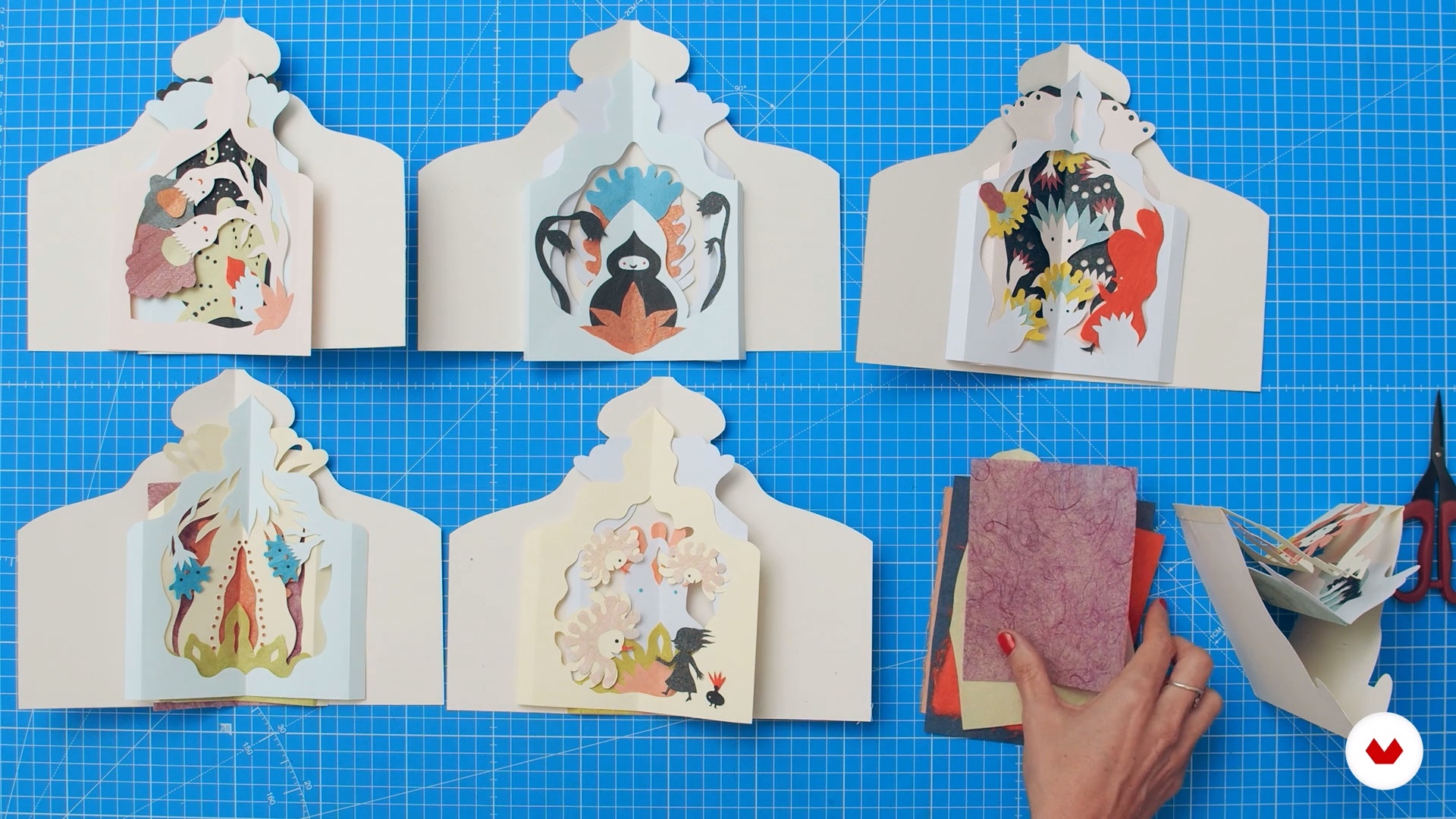




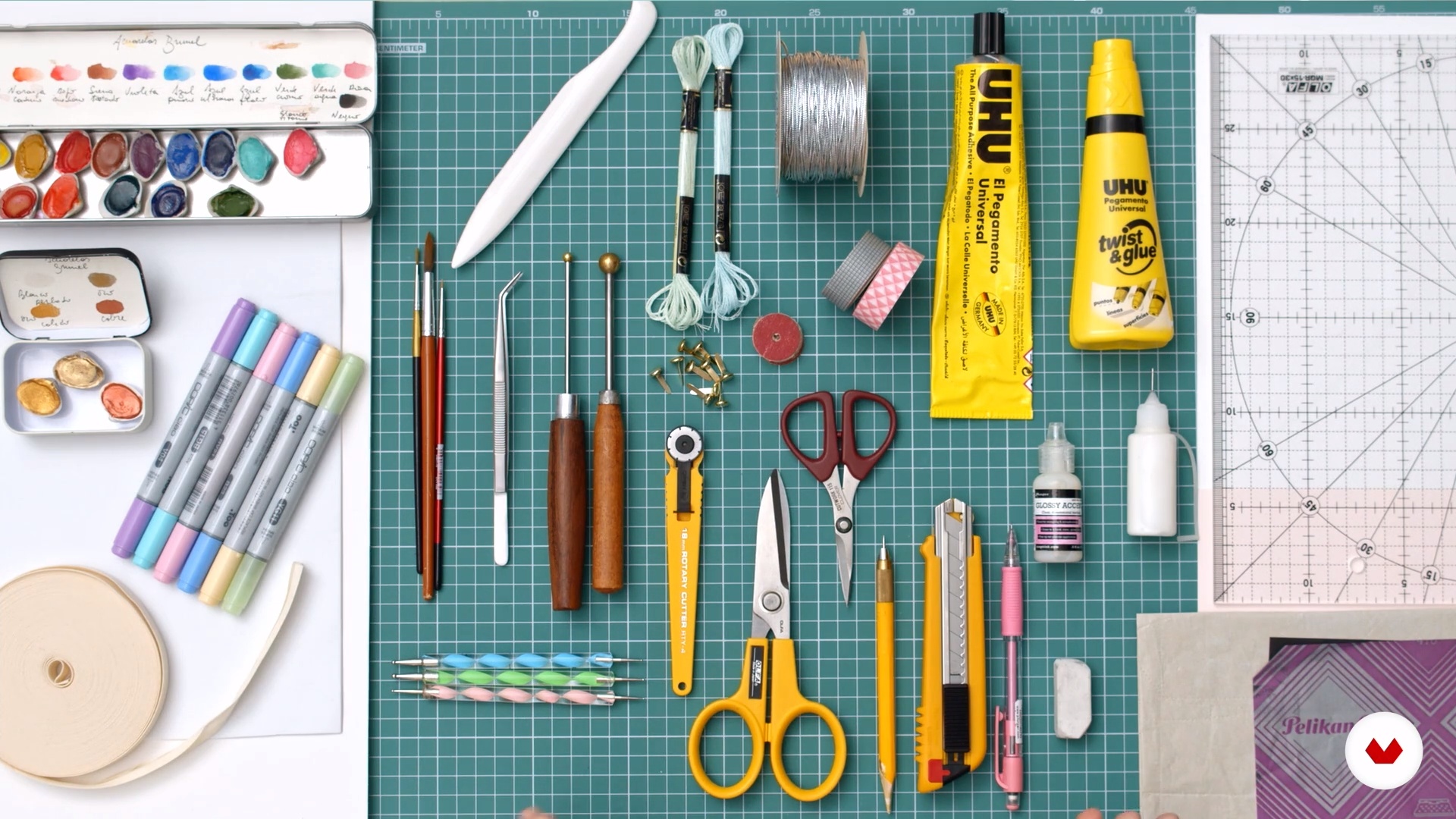

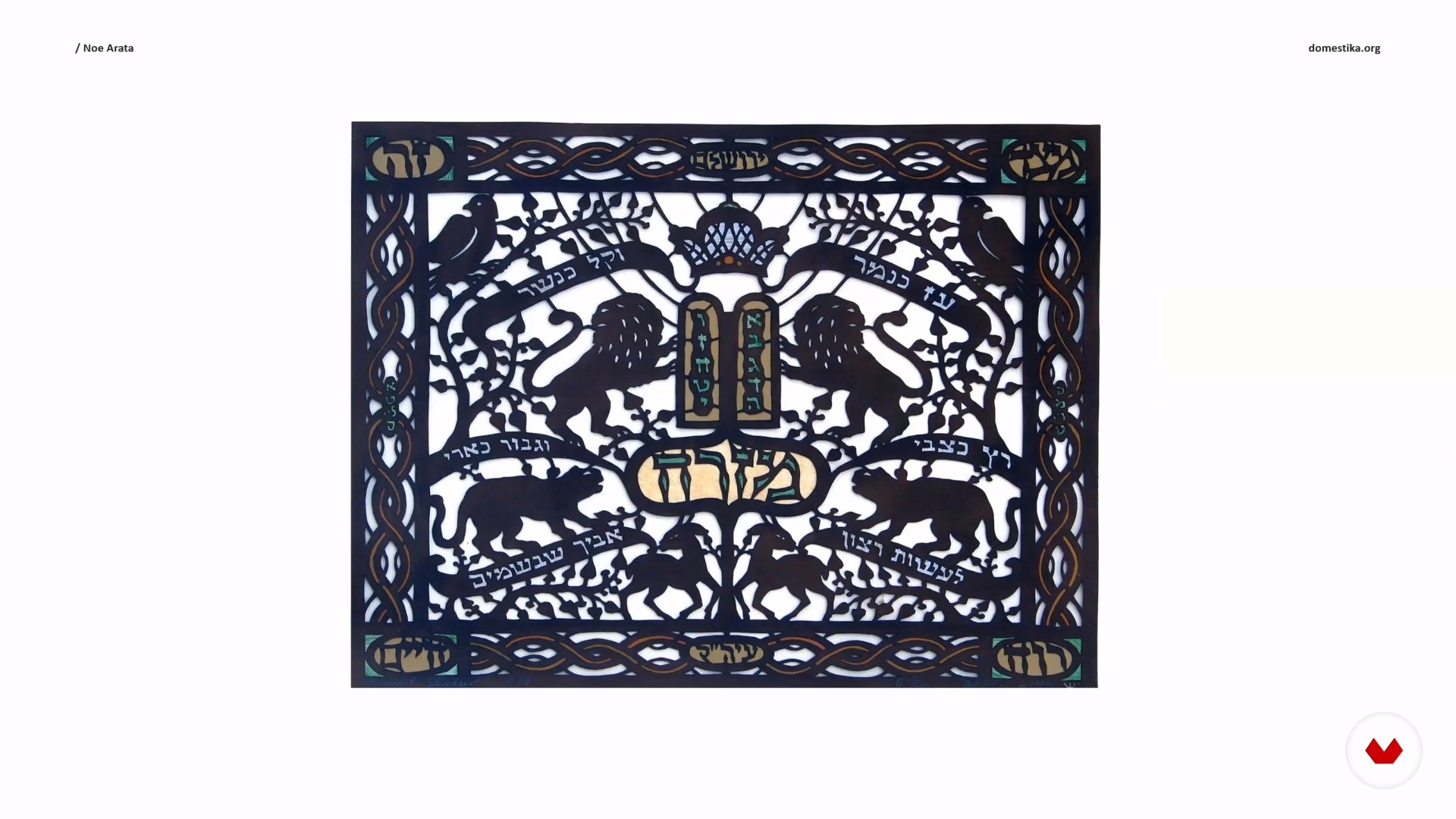


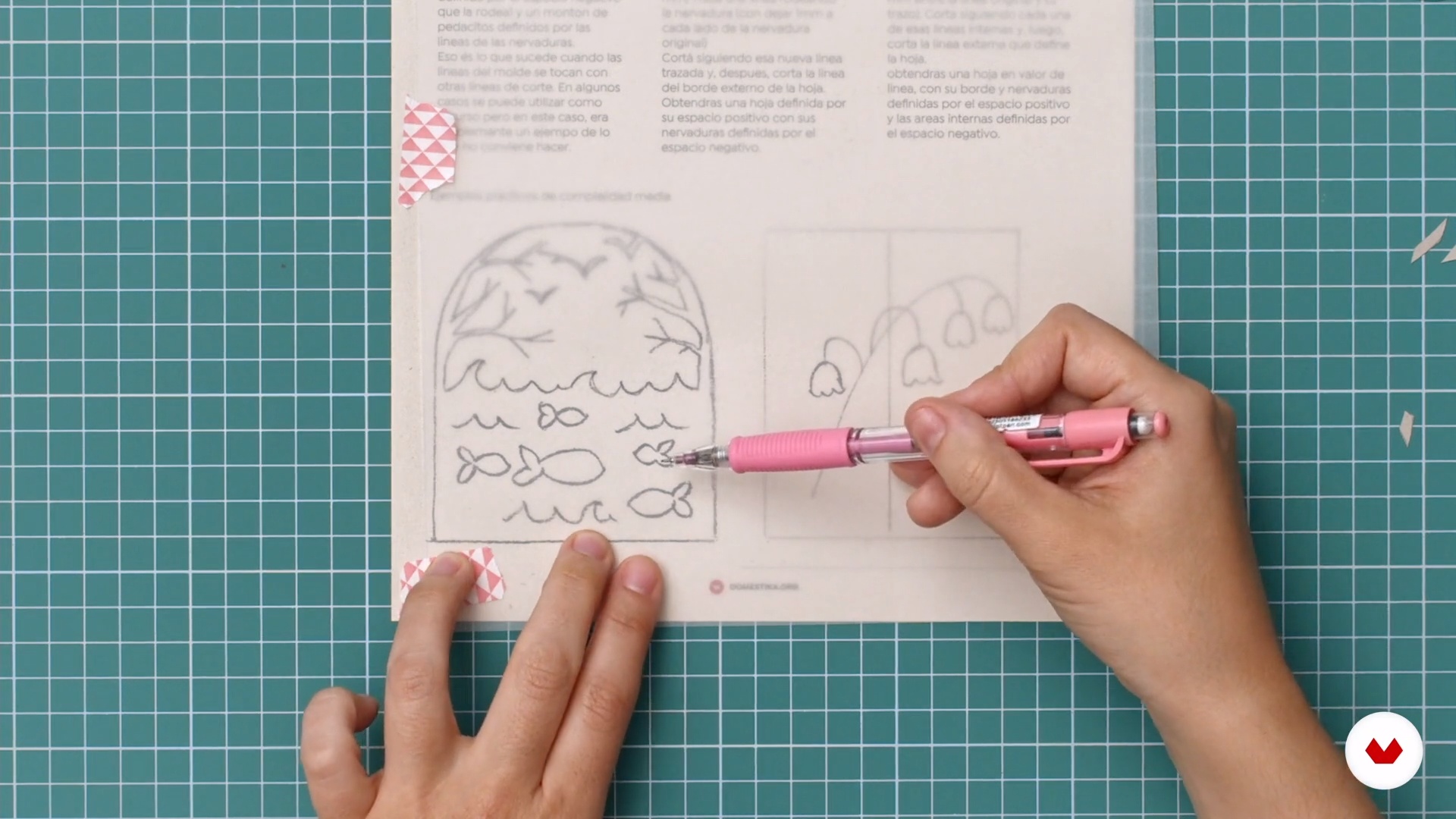

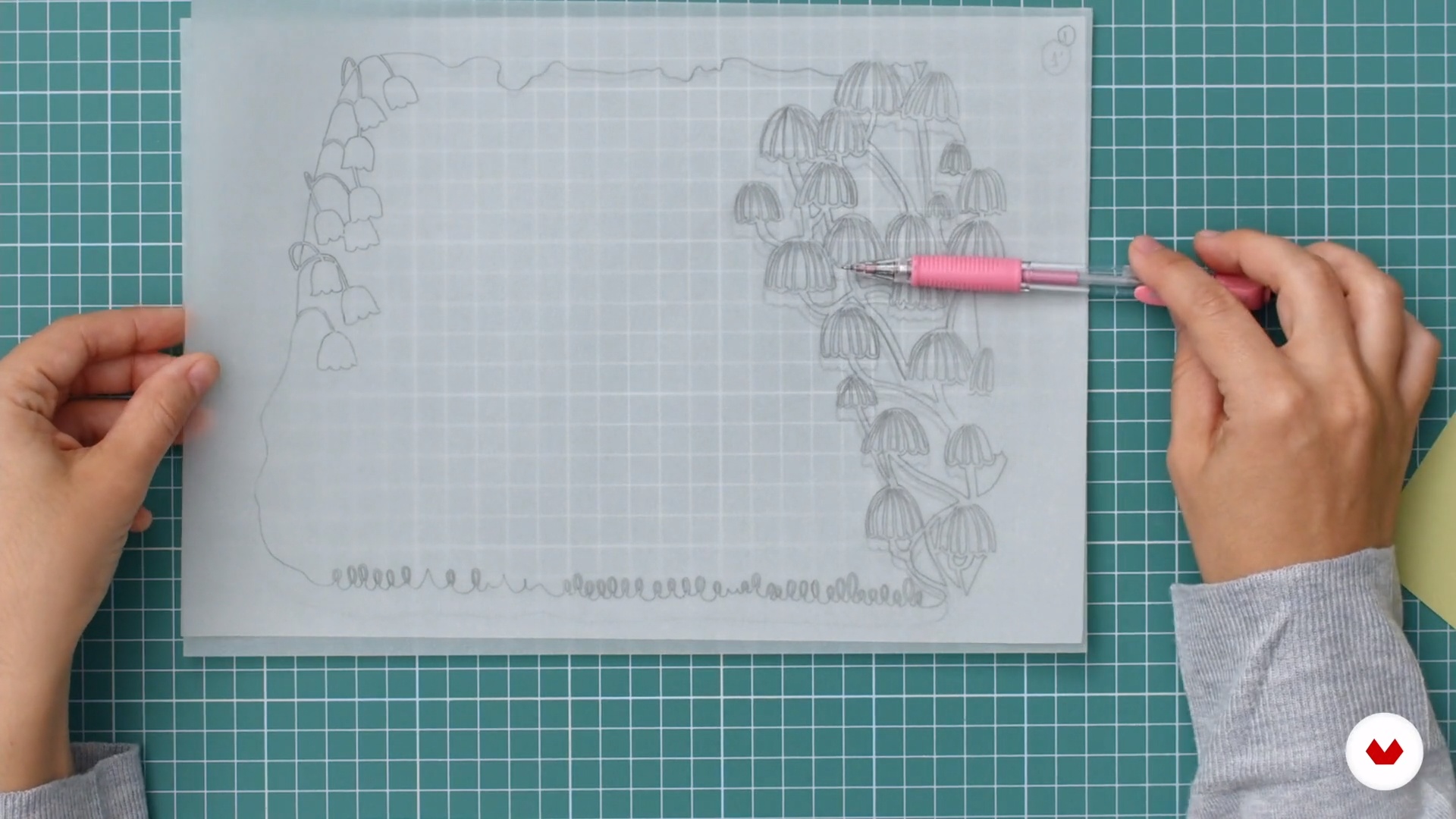


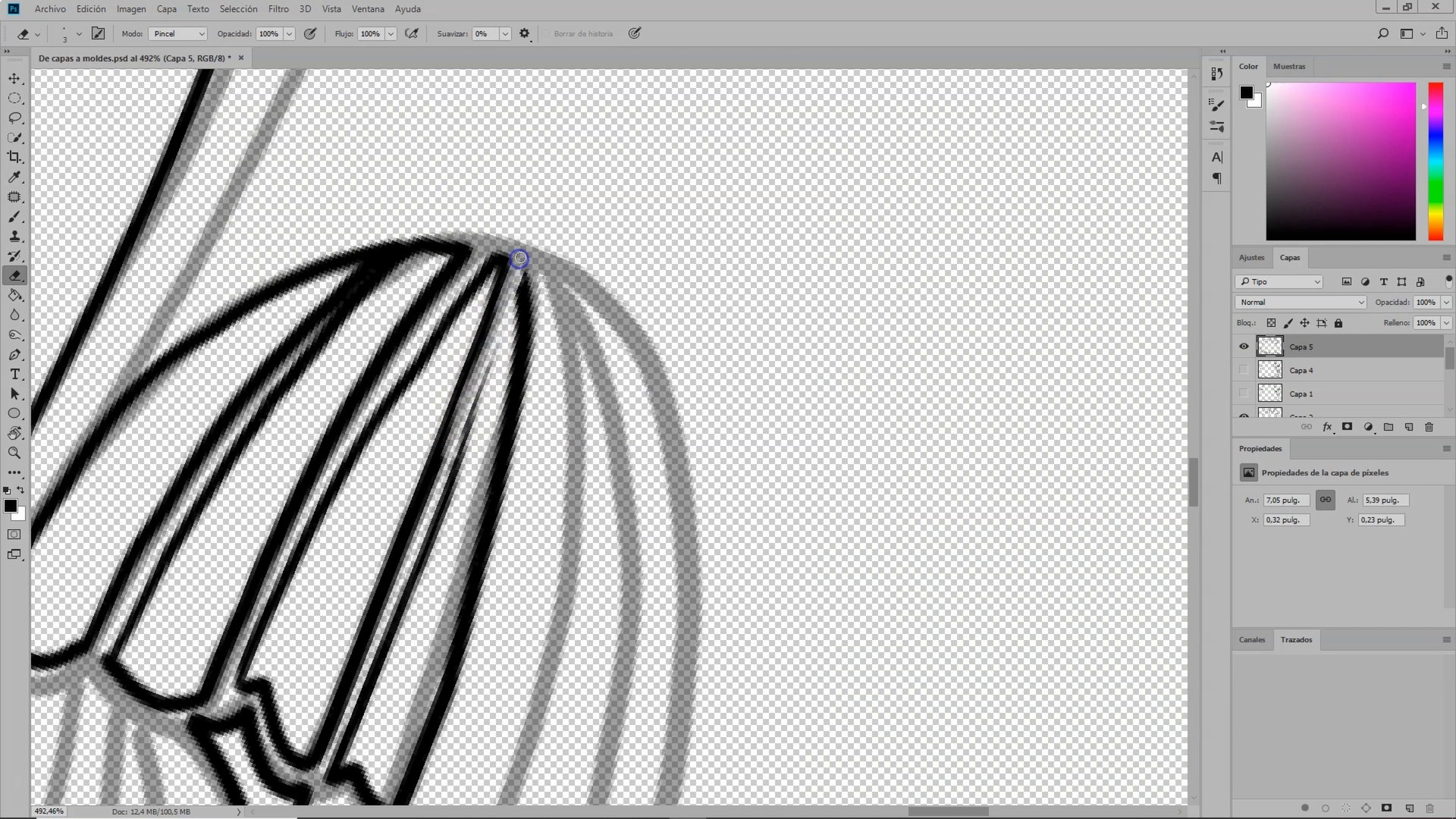
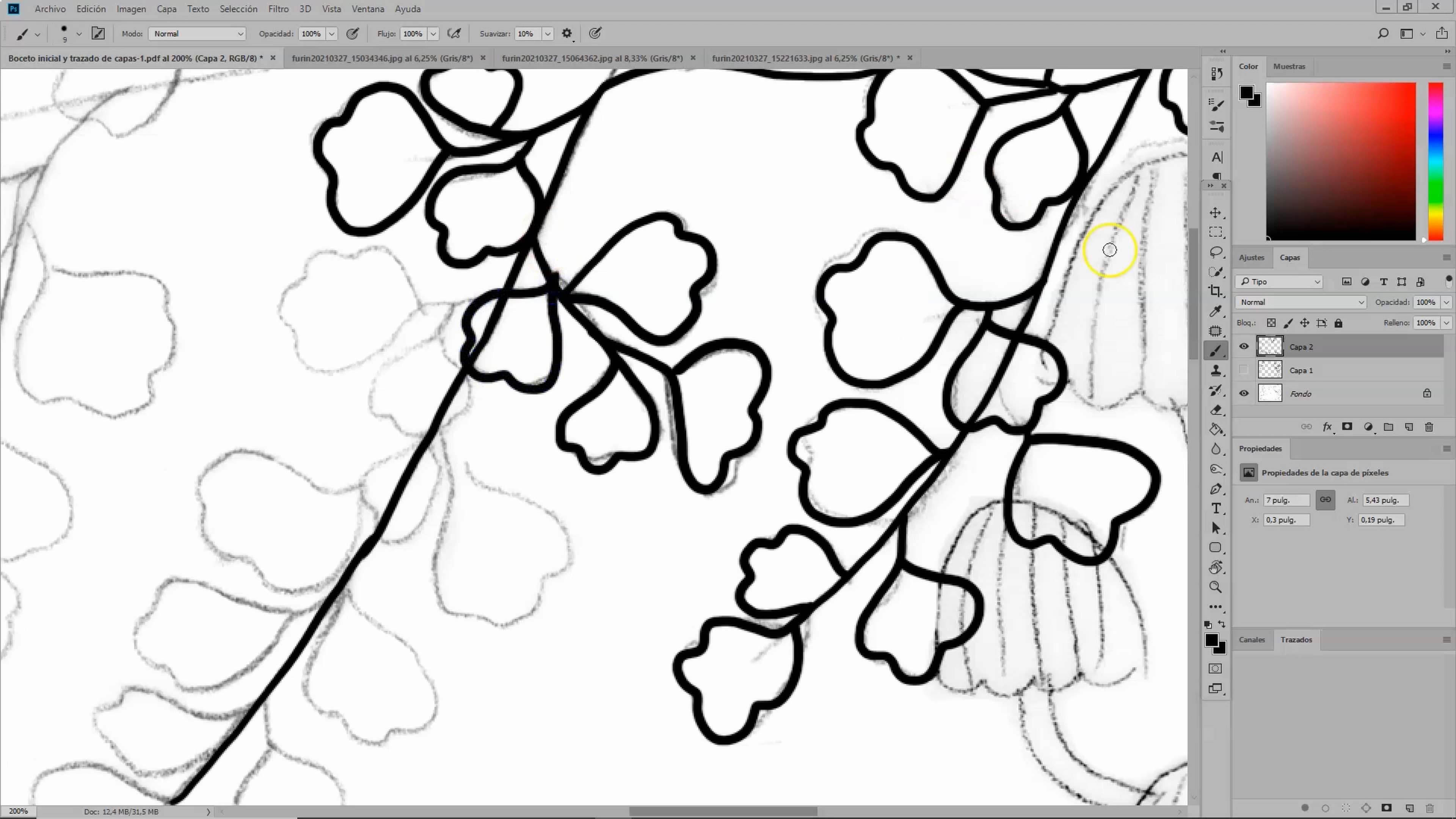

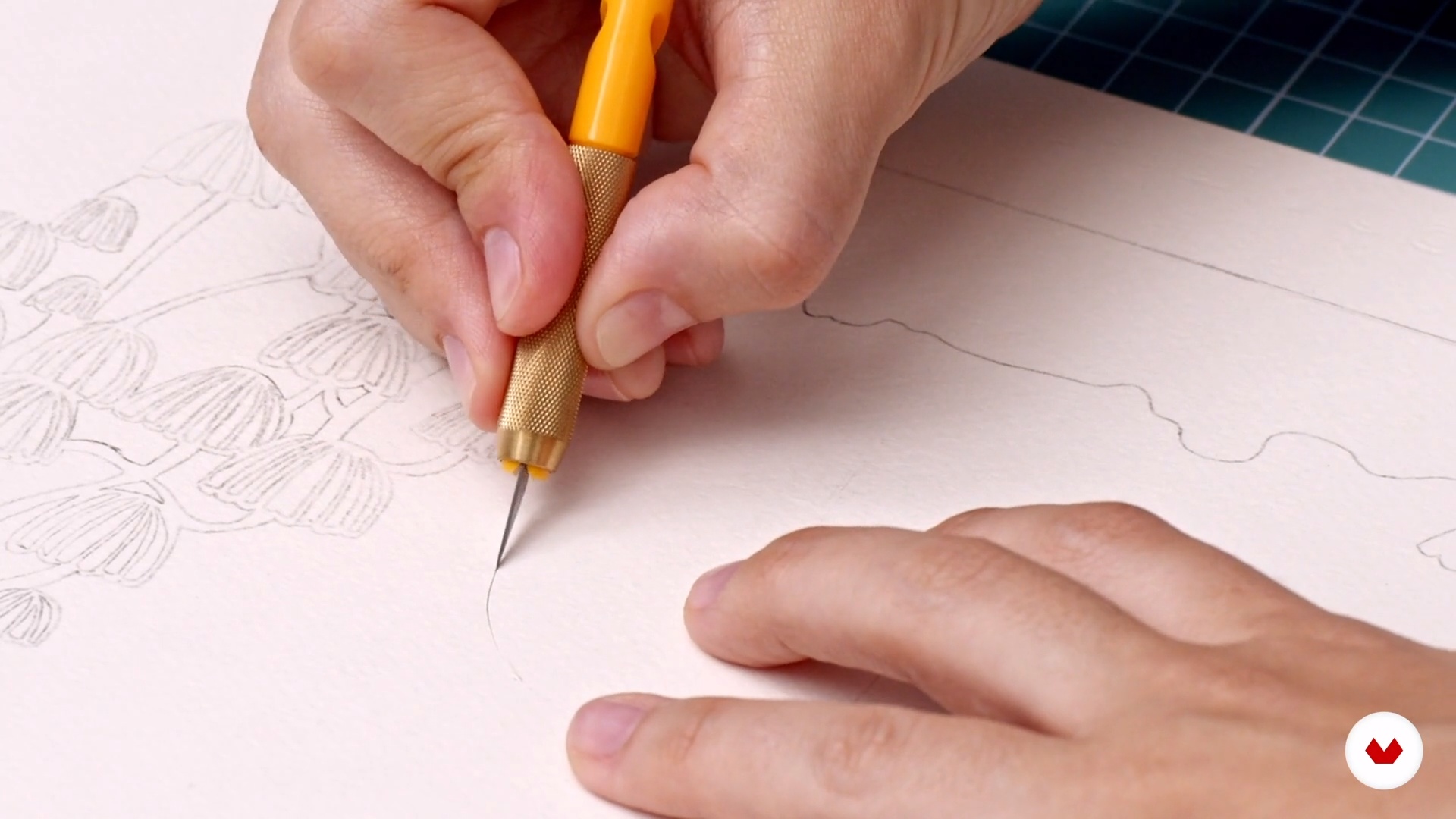
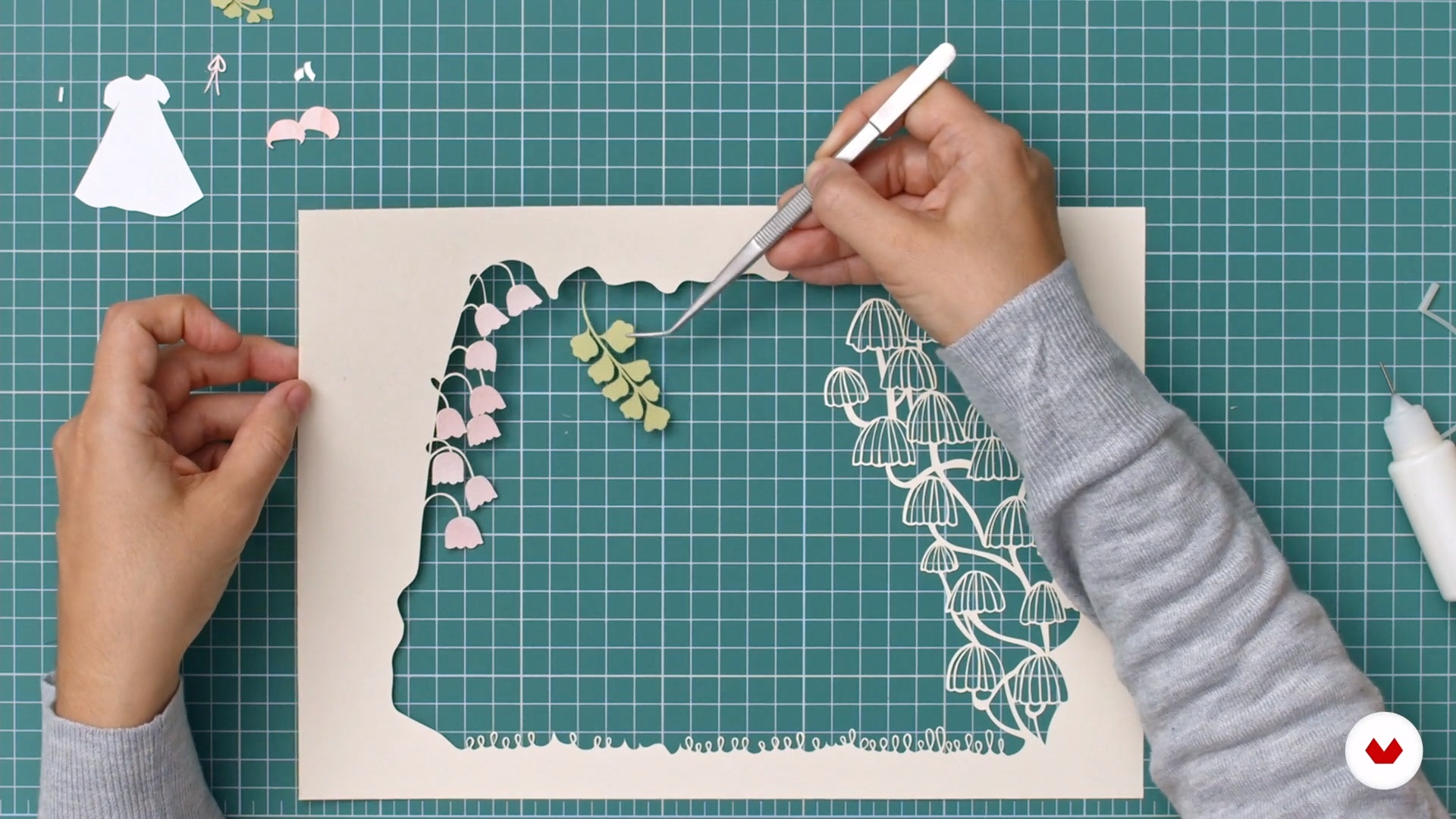
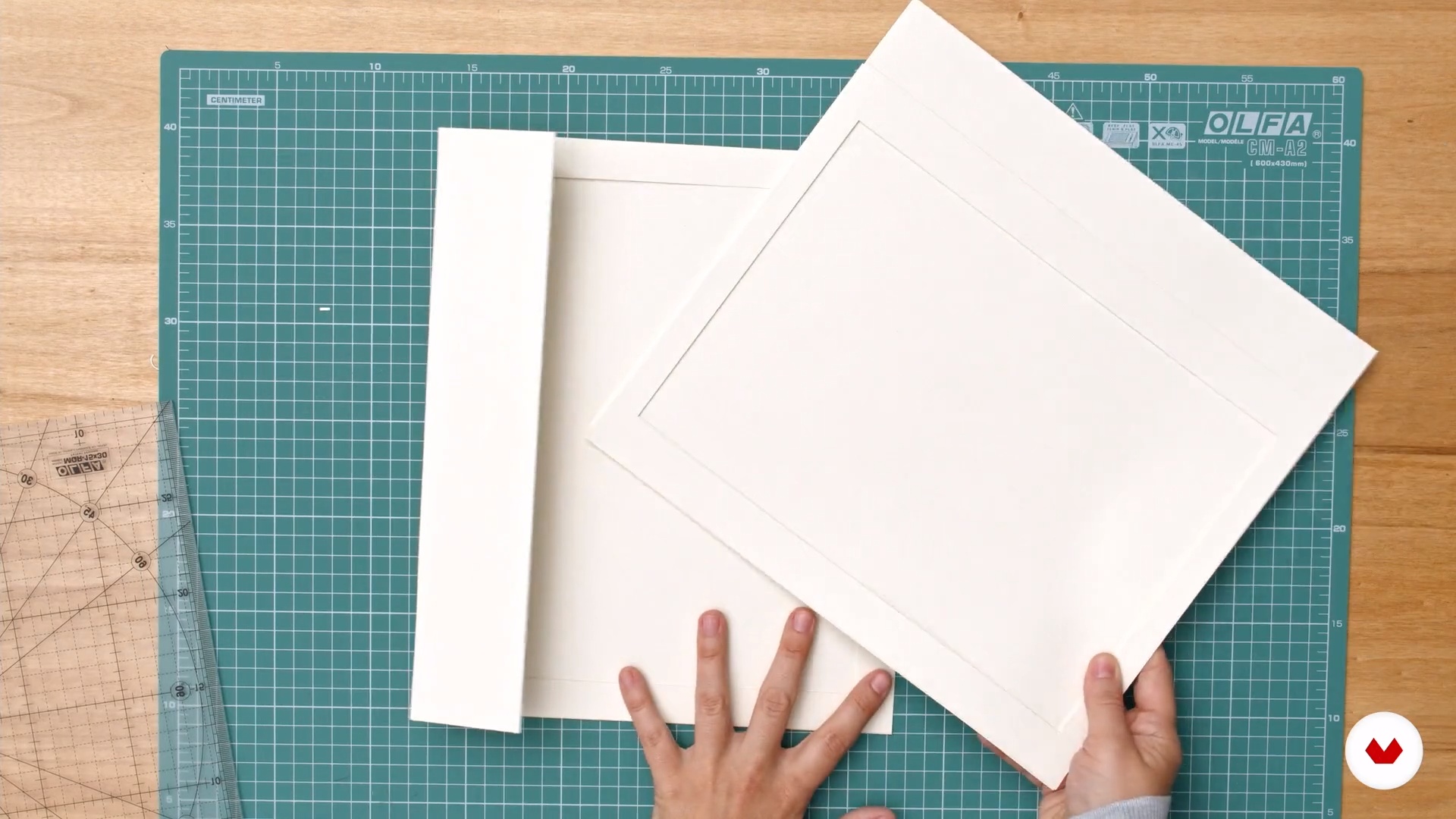
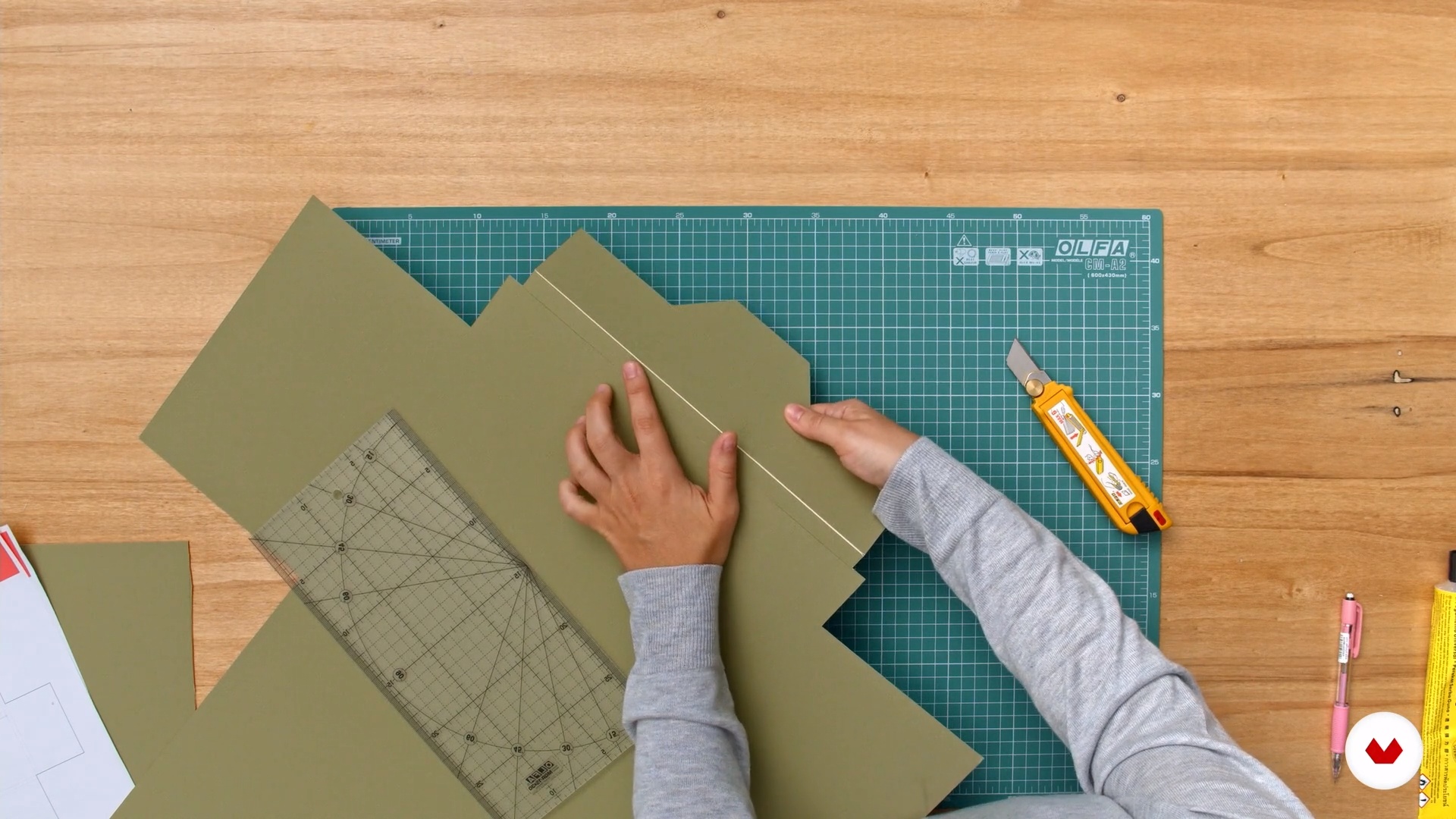
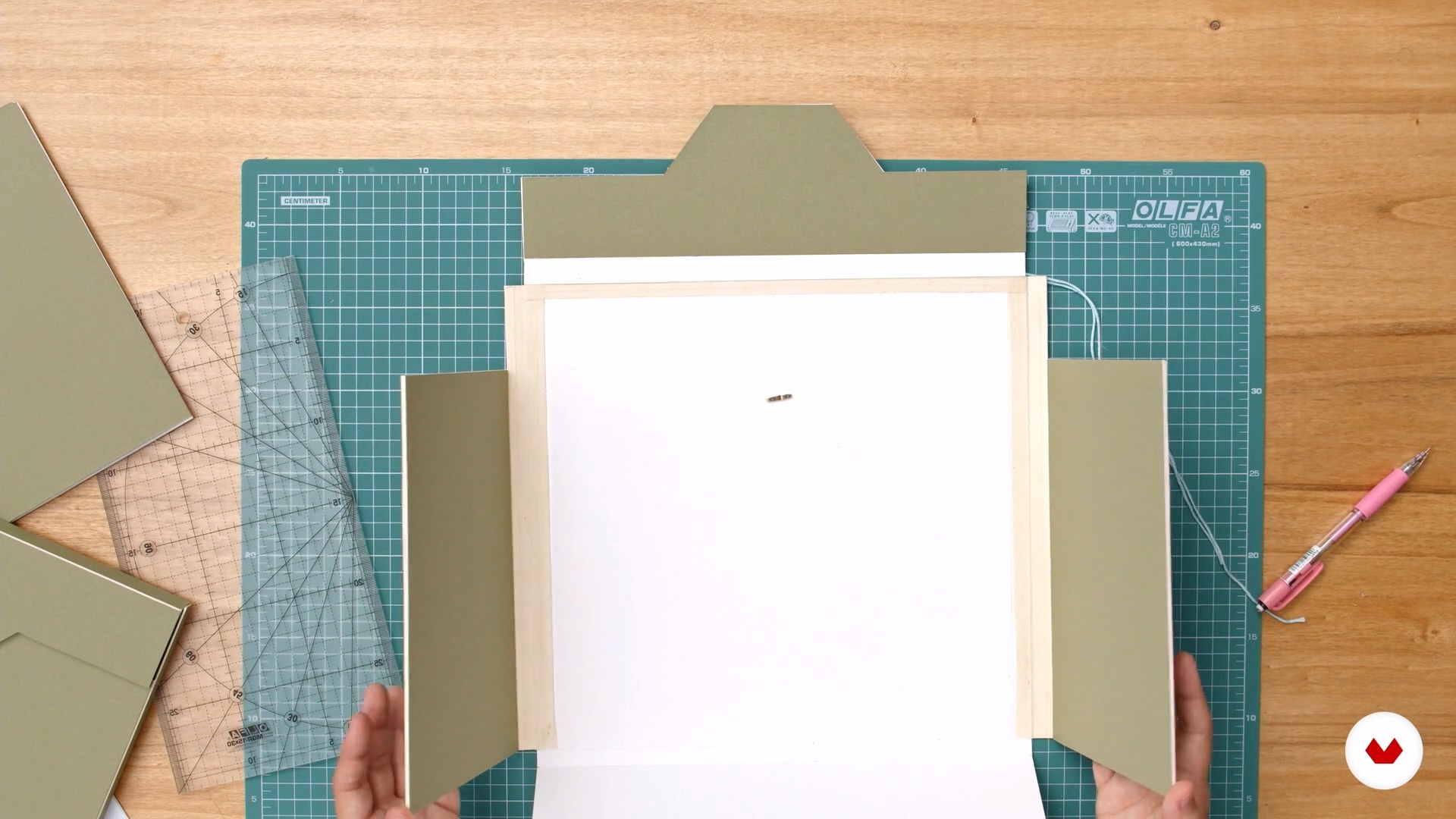
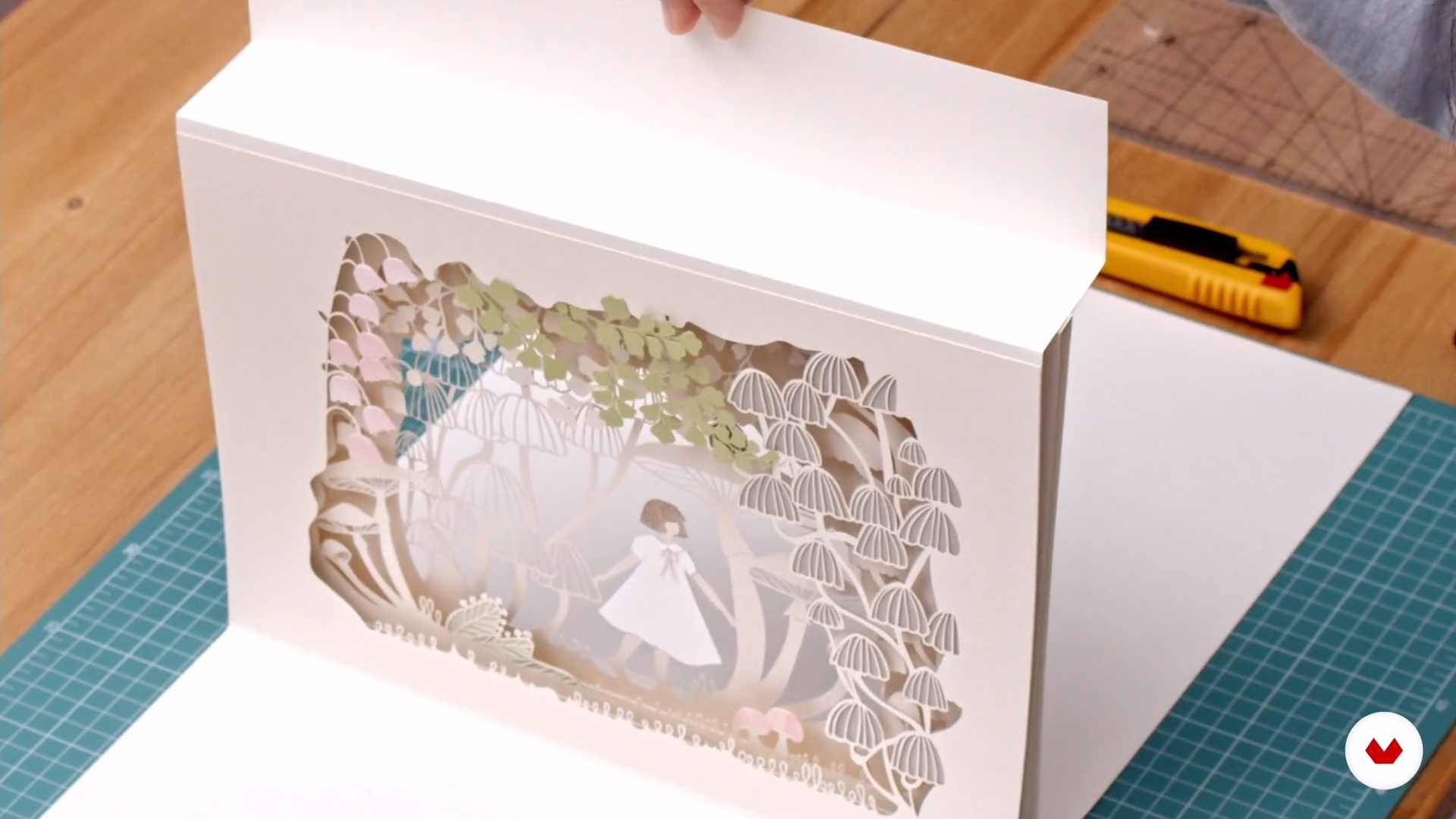
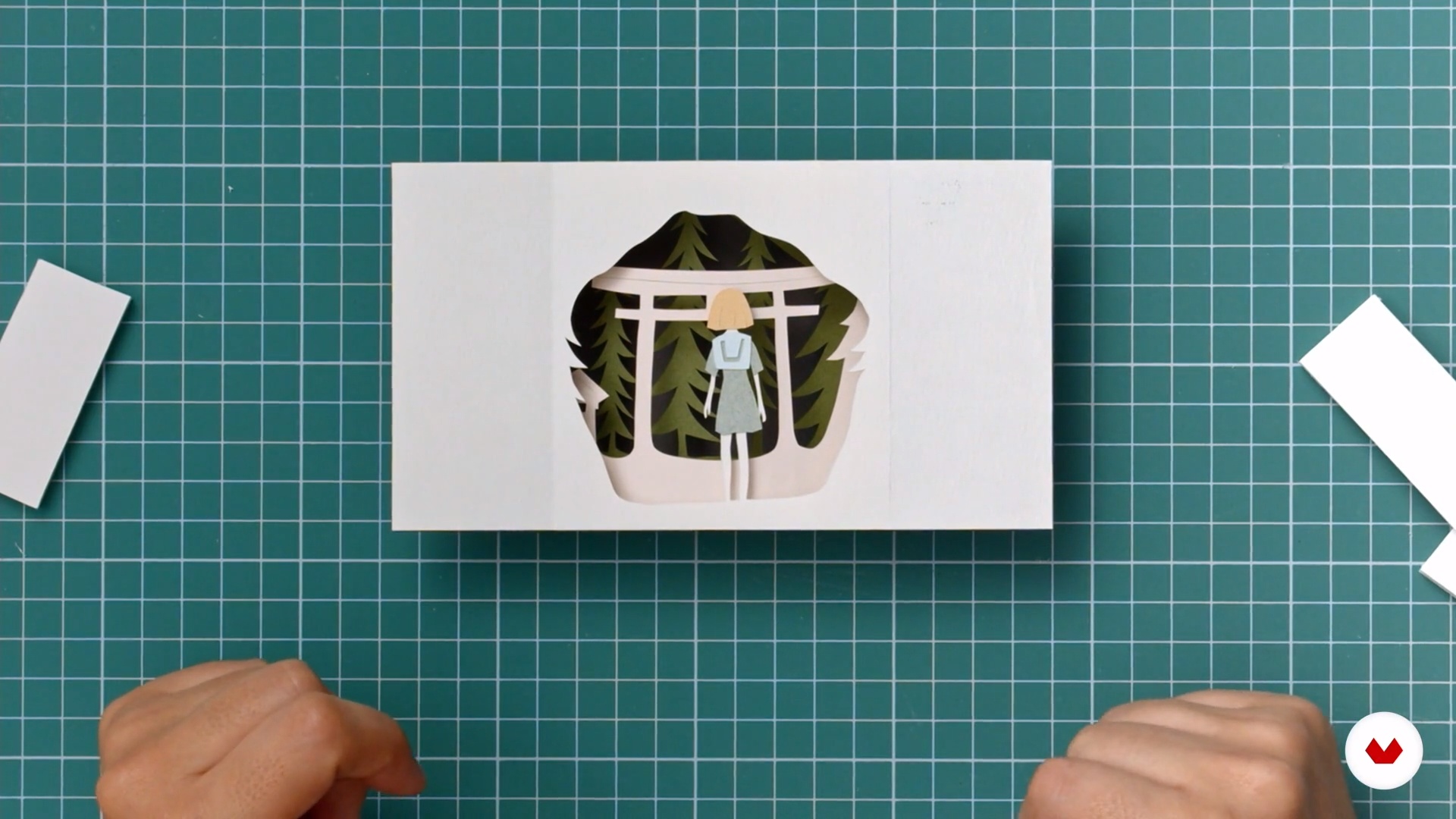
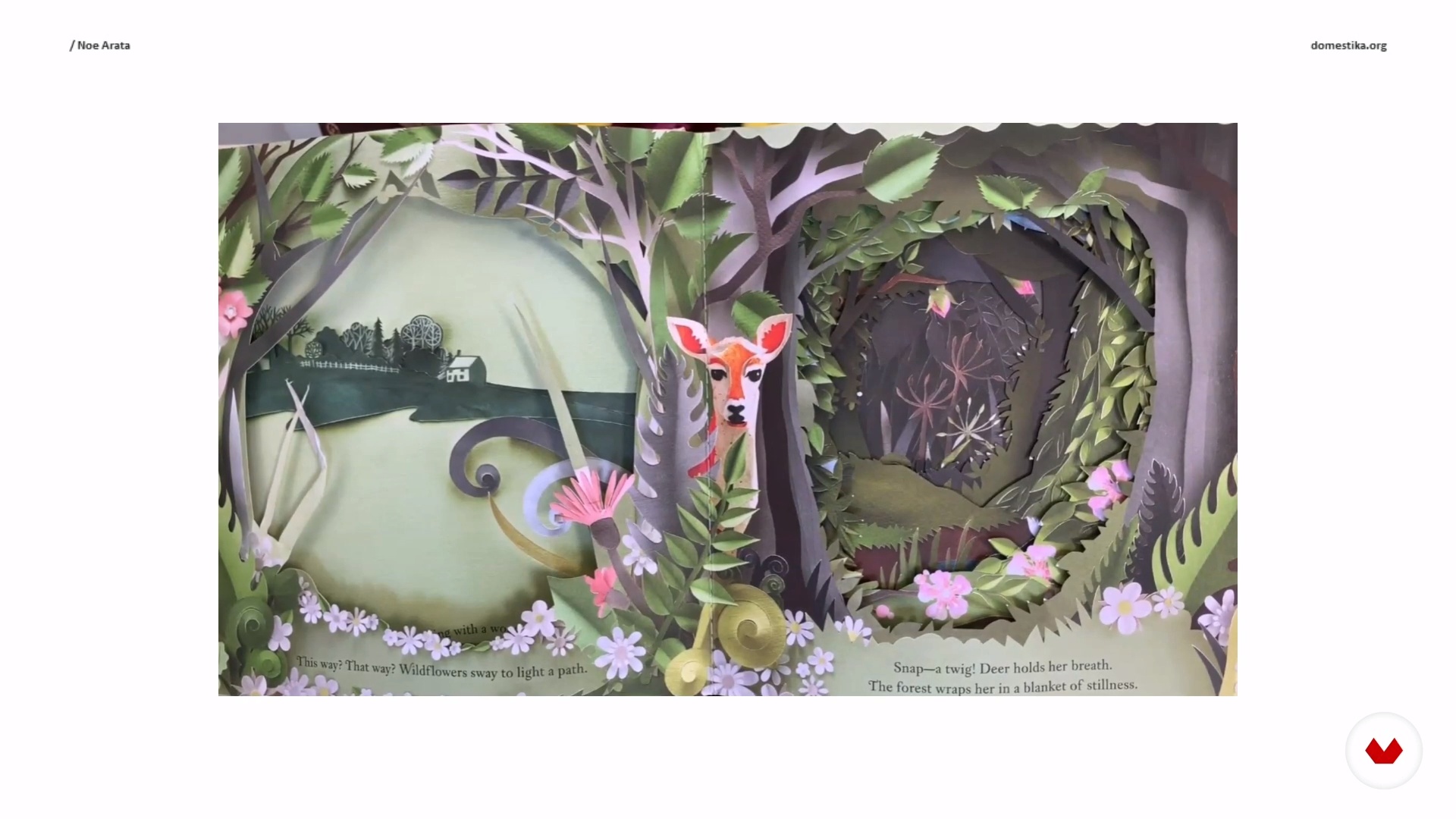
- 100% positive reviews (2)
- 251 students
- 81 lessons (16h 43m)
- 104 additional resources (45 files)
- Online and at your own pace
- Audio: Spanish, English
- Spanish · English · Portuguese · German · French · Italian · Polish · Dutch
- Level: Beginner
- Unlimited access forever
What is this course's project?
You'll create a three-dimensional illustration using layers of paper, cardboard, and wood, focused on a personal concept. You'll express depth and visual narrative through cutting, assemblage, and modeling techniques, combining materials to achieve a unique composition.
Who is this specialization for?
People with a passion for paper as an artistic medium, interested in papercraft techniques, three-dimensional design, and creating artistic compositions with paper and cardboard. This specialization is ideal for those seeking to explore their creativity in contemporary art.
Requirements and materials
No extensive prior knowledge is required. You'll need paper, cardboard, cutting tools, glue, and paint. A basic background in drawing is also helpful to facilitate the creation of compositions and explore the creative possibilities of papercraft.

Reviews
What to expect from this specialization course
-
Learn at your own pace
Enjoy learning from home without a set schedule and with an easy-to-follow method. You set your own pace.
-
Learn from the best professionals
Learn valuable methods and techniques explained by top experts in the creative sector.
-
Meet expert teachers
Each expert teaches what they do best, with clear guidelines, true passion, and professional insight in every lesson.
-
Certificates
PlusIf you're a Plus member, get a custom certificate for every specialization course. Share it on your portfolio, social media, or wherever you like.
-
Get front-row seats
Videos of the highest quality, so you don't miss a single detail. With unlimited access, you can watch them as many times as you need to perfect your technique.
-
Share knowledge and ideas
Ask questions, request feedback, or offer solutions. Share your learning experience with other students in the community who are as passionate about creativity as you are.
-
Connect with a global creative community
The community is home to millions of people from around the world who are curious and passionate about exploring and expressing their creativity.
-
Watch professionally produced courses
Domestika curates its teacher roster and produces every course in-house to ensure a high-quality online learning experience.
FAQs
Domestika's specialization courses are online classes that provide you with the tools and skills you need to complete a specific project. Every step of the project combines video lessons with complementary instructional material, so you can learn by doing. Domestika's specializations also allow you to share your own projects with other students, creating a dynamic course community.
All specialization courses are 100% online, so once they're published, specialization courses start and finish whenever you want. You set the pace of the class. You can go back to review what interests you most and skip what you already know, ask questions, answer questions, share your projects, and more.
The specialization courses are divided into different modules. Each one includes lessons, informational text, tasks, and practice exercises to help you carry out your project step by step, with additional complementary resources and downloads. You'll also have access to an exclusive forum where you can interact with other students, as well as share your work and your final project, creating a community around the specialization course.
You can redeem the specialization course you received by accessing the redeeming page and entering your gift code.







mirka381
Brilliant!
Each artist brings different approach to the medium.
1347marco
Ottimo corso di specializzazione nelle tecniche di papercraft, pieno di spunti ed ispirazioni per prossimi progetti. Lezioni ben tenute dai docenti e durata dei corsi assolutamente proporzionata rispetto ai temi trattati
View translation
Hide translation